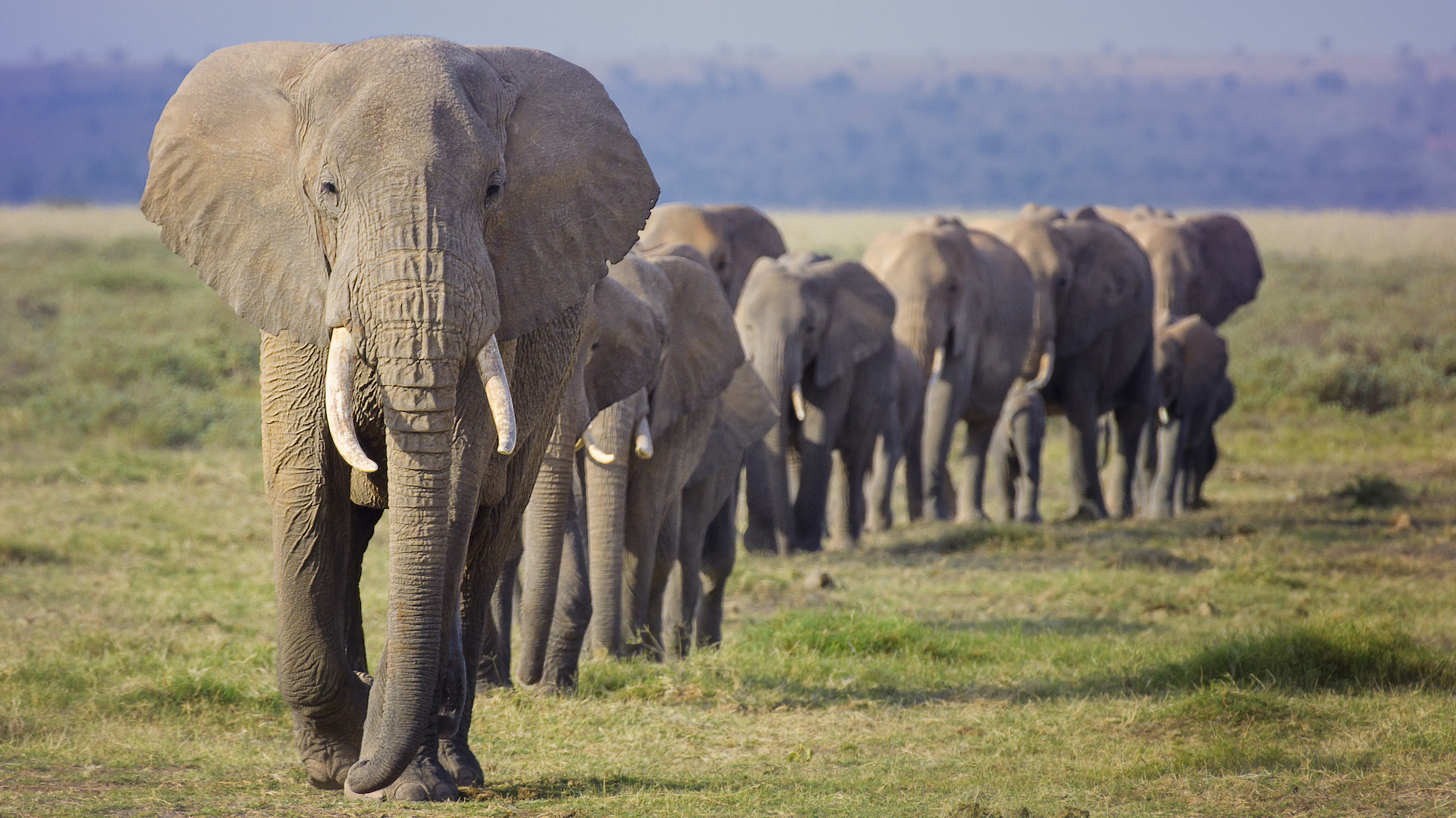
Humans often think we are unique, with abilities and behaviors far more complex than our distant animal cousins. But in fact, many creatures, from tiny insects to our closest living relatives, exhibit a surprising repertoire of behaviors that can seem eerily human. From elephants mourning their dead to bees that get pessimistic when faced with setbacks, here are some of the most human-like behaviors demonstrated by other members of the animal kingdom.
Chimpanzees
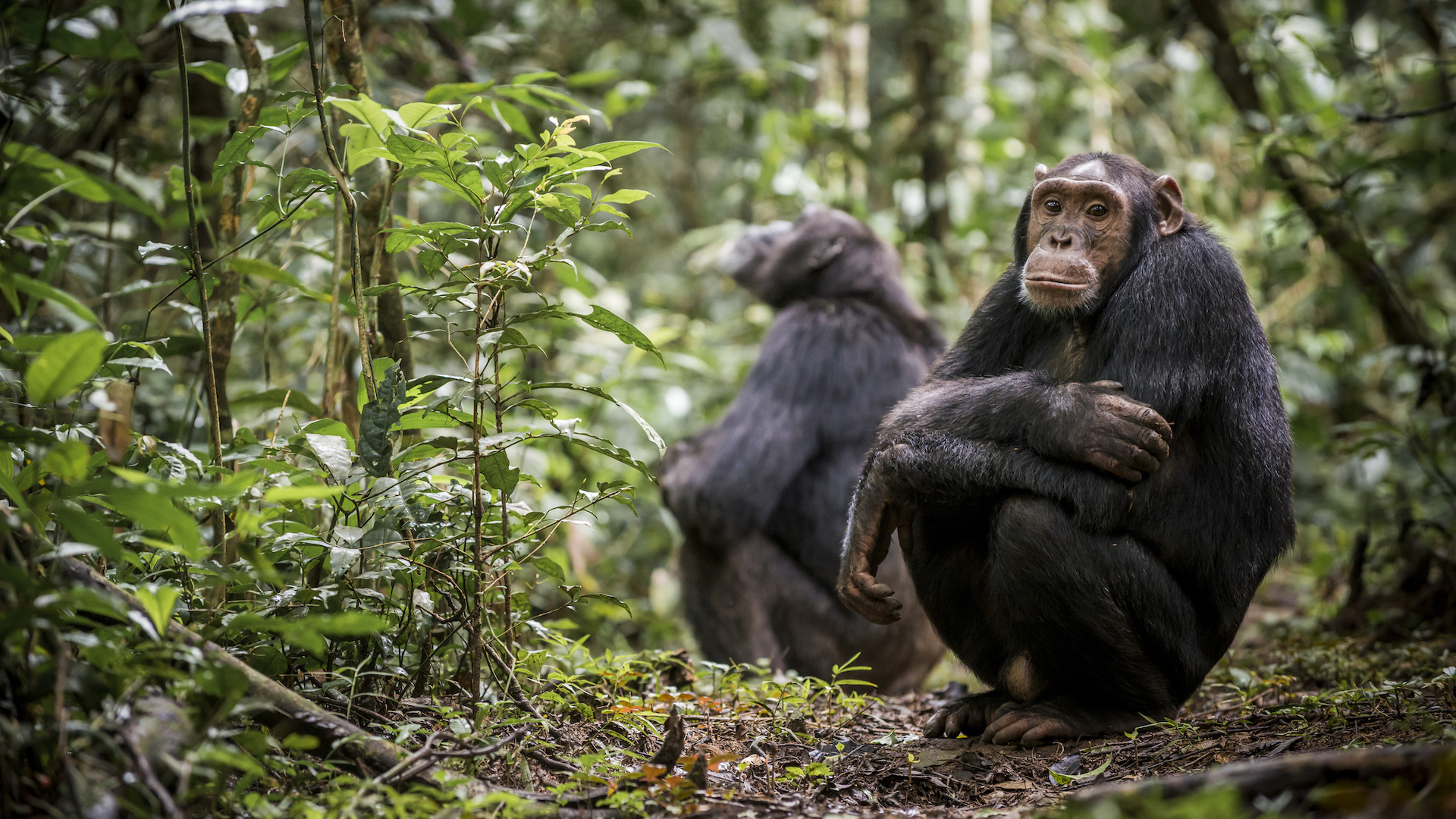
Chimpanzees (Pan troglodytes), along with bonobos, are our closest living relatives. A 2018 study found that chimpanzees not only share the same five major personality traits with humans — conscientiousness, openness, agreeableness, extraversion and neuroticism — but that these traits could be linked to life span. Scientists found that more agreeable male chimpanzees formed stronger social bonds and tended to live longer.
A separate 2020 study published in the journal Science found evidence of social selection in aging male chimpanzees, with individuals showing a preference for more meaningful social interactions with older friends in a smaller group. This is similar to aging human adults, who tend to choose lifelong friends and socialize in smaller groups than in our youth, the study noted. Another study showed that chimpanzees, much like young children, copy human behaviors such as waving, clapping and kissing. And like humans, chimps also "wage war" to expand their territory.
Gorillas
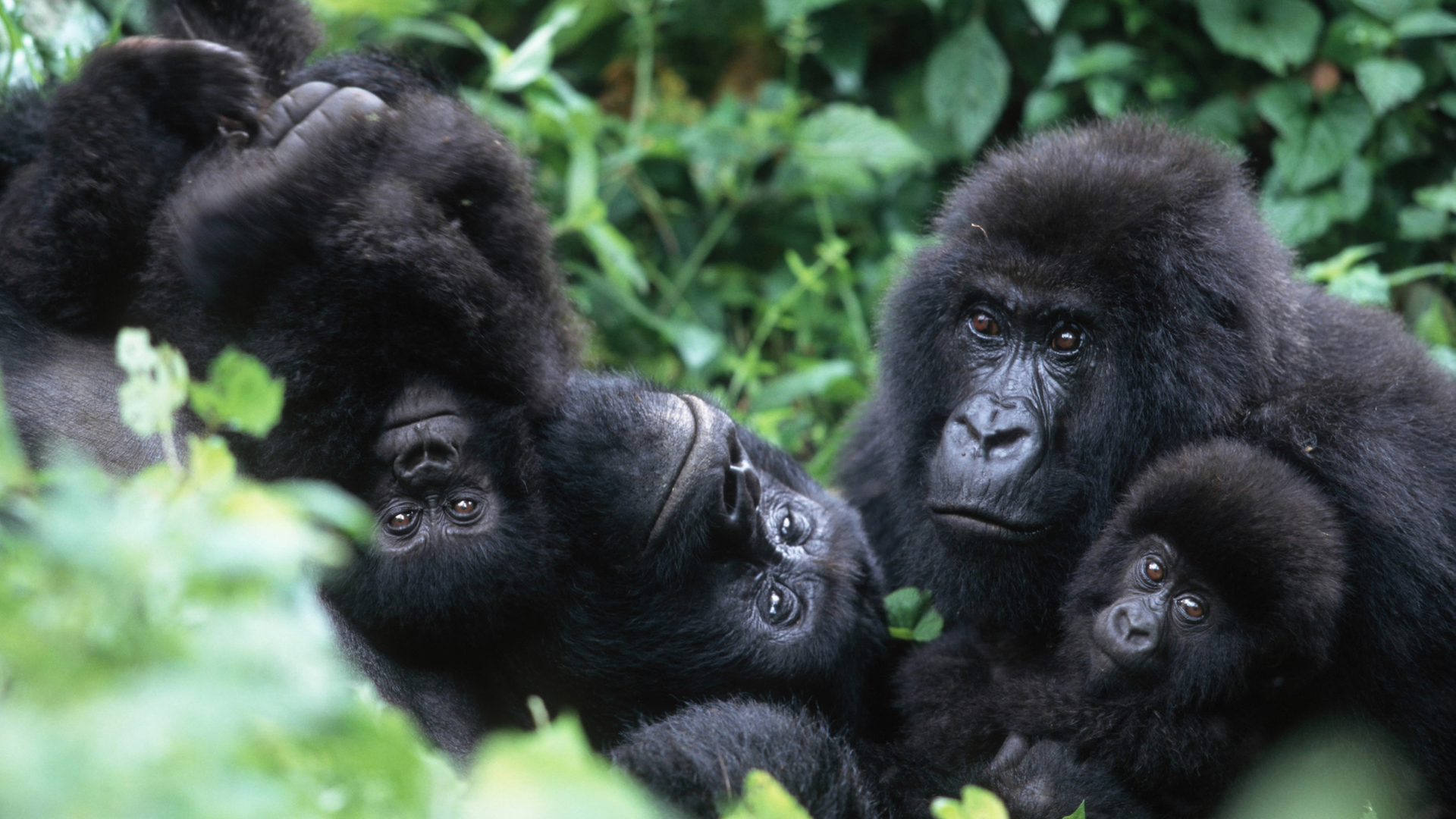
The gorilla is another large primate that exhibits human-like traits. Scientists have found evidence of gorillas displaying the five human-like personality traits in both the wild and captivity. They use facial expressions and gestures to communicate, and feel joy, empathy and sadness. A 2016 study of gorilla behavior even found personality variations among different gorilla populations. And cultural traits — a largely human behavior — varied among five groups of gorillas, including mountain gorillas (Gorilla beringei beringei) and western lowland gorillas (Gorilla gorilla gorilla), in different African habitats.
Bottlenose dolphins

Dolphins are known for their intelligence and sociability, and a 2021 study found that, similar to humans and other primates, bottlenose dolphins (Tursiops truncatus) have the personality traits of openness, sociability and disagreeableness. Interestingly, researchers also identified a fourth personality trait, dubbed directedness, which is unique to dolphins and combines elements of low neuroticism and conscientiousness.
"Throughout our lifetime, we interact and form relationships with a wide variety of people — dolphins do the same with each other," Blake Morton, a lecturer in psychology at the University of Hull in the U.K., said in a statement. "Collectively, being smart and social, regardless of what ecosystem you live in, may play an important role in the evolution of certain personality traits."
Asian elephants

With their huge brains, high intelligence, strong social bonds and empathetic behavior, Asian elephants (Elephas maximus) display many human-like traits, including facial recognition. In 2006, researchers found that, like humans, elephants recognize themselves in a mirror, and in 2015, a separate research team found that elephants have incredible long-term memories.
A 2009 study found evolutionary evidence that genes that affect brain function, energy usage and metabolism, have evolved similarly in large-brained mammals such as elephants and humans. A separate 2023 study found that, like humans, elephants have followed an evolutionary process of domesticating themselves, in which their cultural and societal structures helped increase sociability and reduce aggression in creatures over time.
Magpies
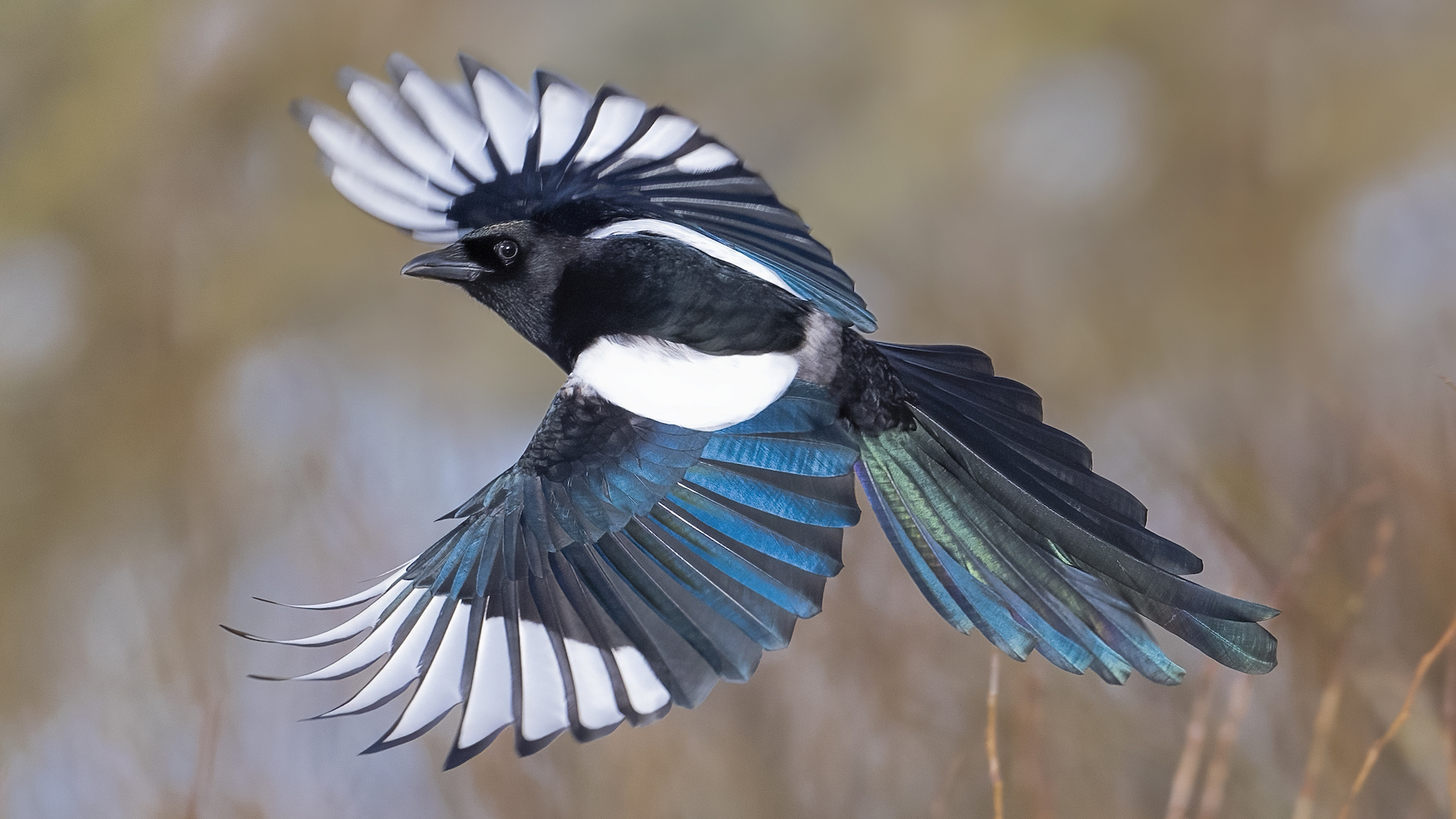
Like humans, magpies, a member of the crow or corvid family, can make and use tools to feed their young and mimic human voices. Another study also found evidence that European magpies (Pica pica) recognize themselves in a mirror.
Eurasian jays
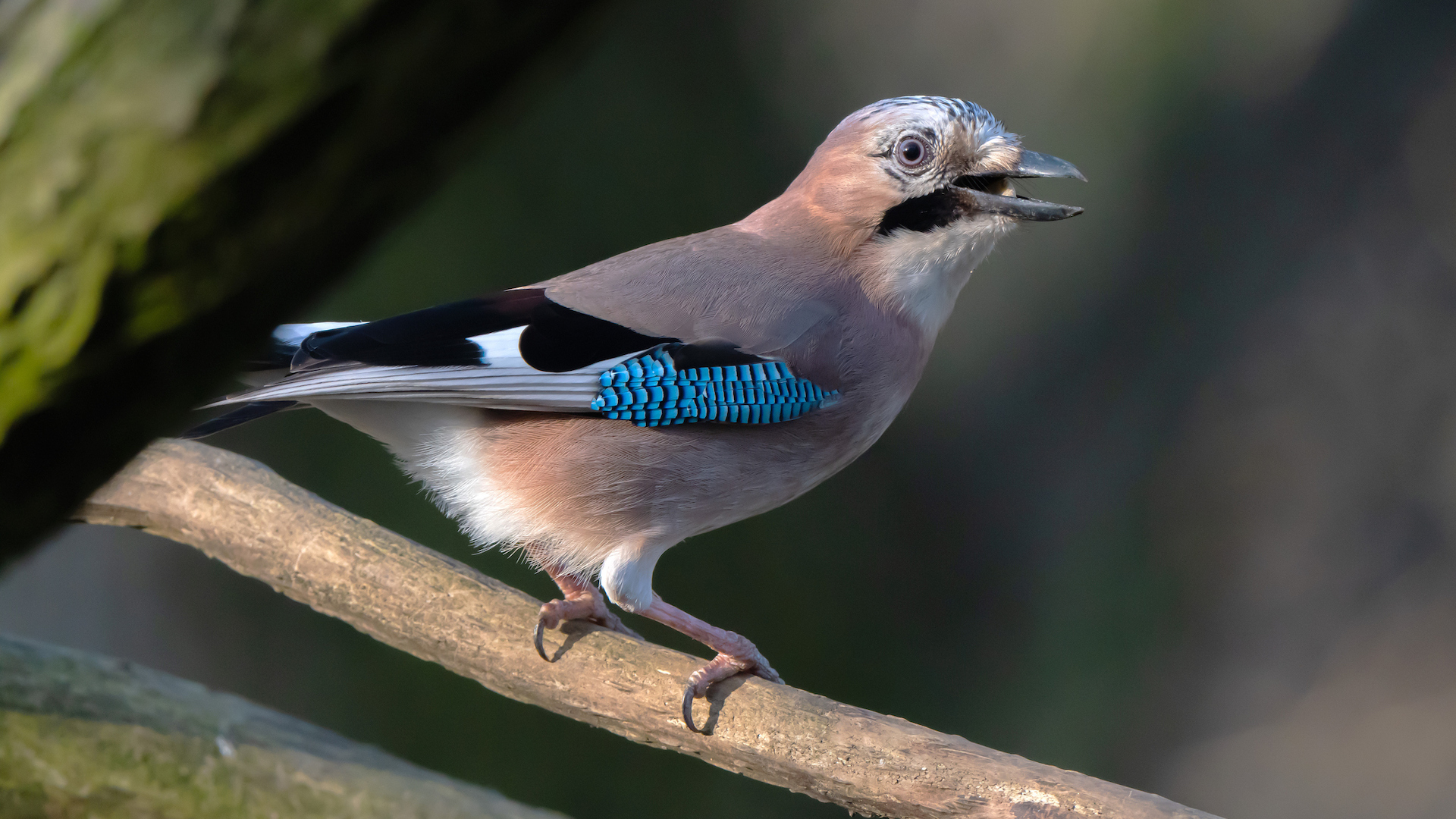
Sometimes nicknamed "feathered apes" because their cognitive ability has been found to rival that of nonhuman) primates, Eurasian jays (Garrulus glandarius) are also members of the corvid family. They can learn how to use tools and demonstrate an extraordinary level of self-restraint. A 2022 study found that Eurasian jays possess self-control. In that research, scientists found that Eurasian jays could pass an avian version of the "marshmallow test" — they could withhold the temptation to eat mealworms right away. The scientists found that the jays with the most self-control scored the highest on intelligence tests.
Orcas

Orcas (Orcinus orca), also known as killer whales, form strong social bonds and live in close-knit family groups called pods. Orcas have been recorded hunting, sharing food, communicating and socializing within their pod, demonstrating advanced cultural and personality traits. While studying the behavior of 24 captive orcas, researchers found that, like humans and chimpanzees, orcas have the personality trait of extraversion, as demonstrated by their playfulness and affection. Further research has found that captivity can change orcas' behavior, increasing their aggression and neuroticism.
Rats
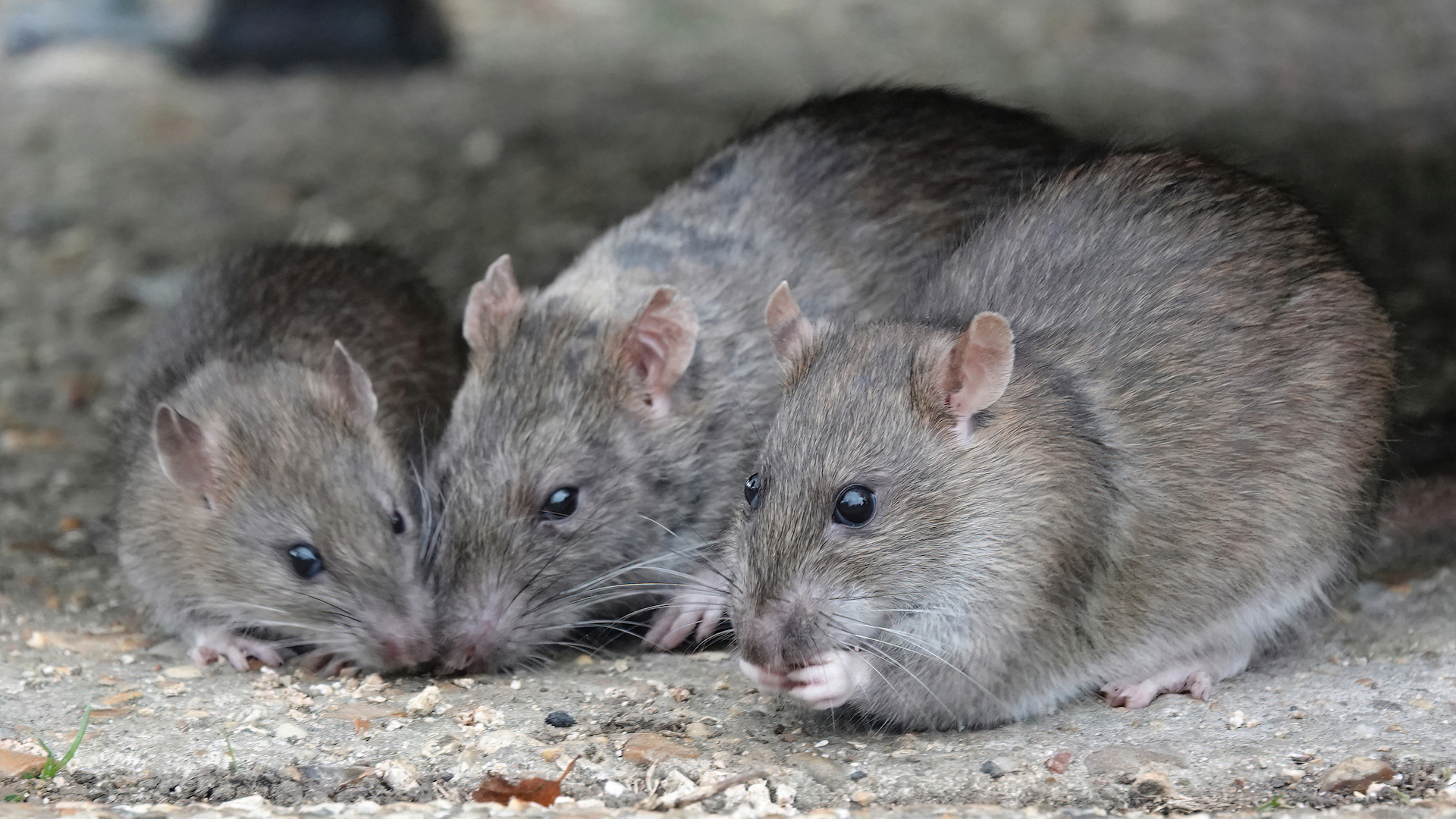
A 2011 study found that rats display prosocial behavior. In that research, scientists recorded evidence of rats helping one another by allowing one rat to roam freely while another was trapped in a container. It appeared that the free rat shared the emotional distress of the trapped rat, despite no reward being offered each time it willingly freed the captive rat. However, a 2014 study suggested that it was a desire for social contact, rather than empathy, that encouraged the rat to rescue the captive rat.
In a much earlier experiment in 1958, researchers allowed rats to feed only if they pulled a lever that shocked fellow rats. The rats refused to do so, which, according to the researchers, indicated empathy and compassion.
Dogs
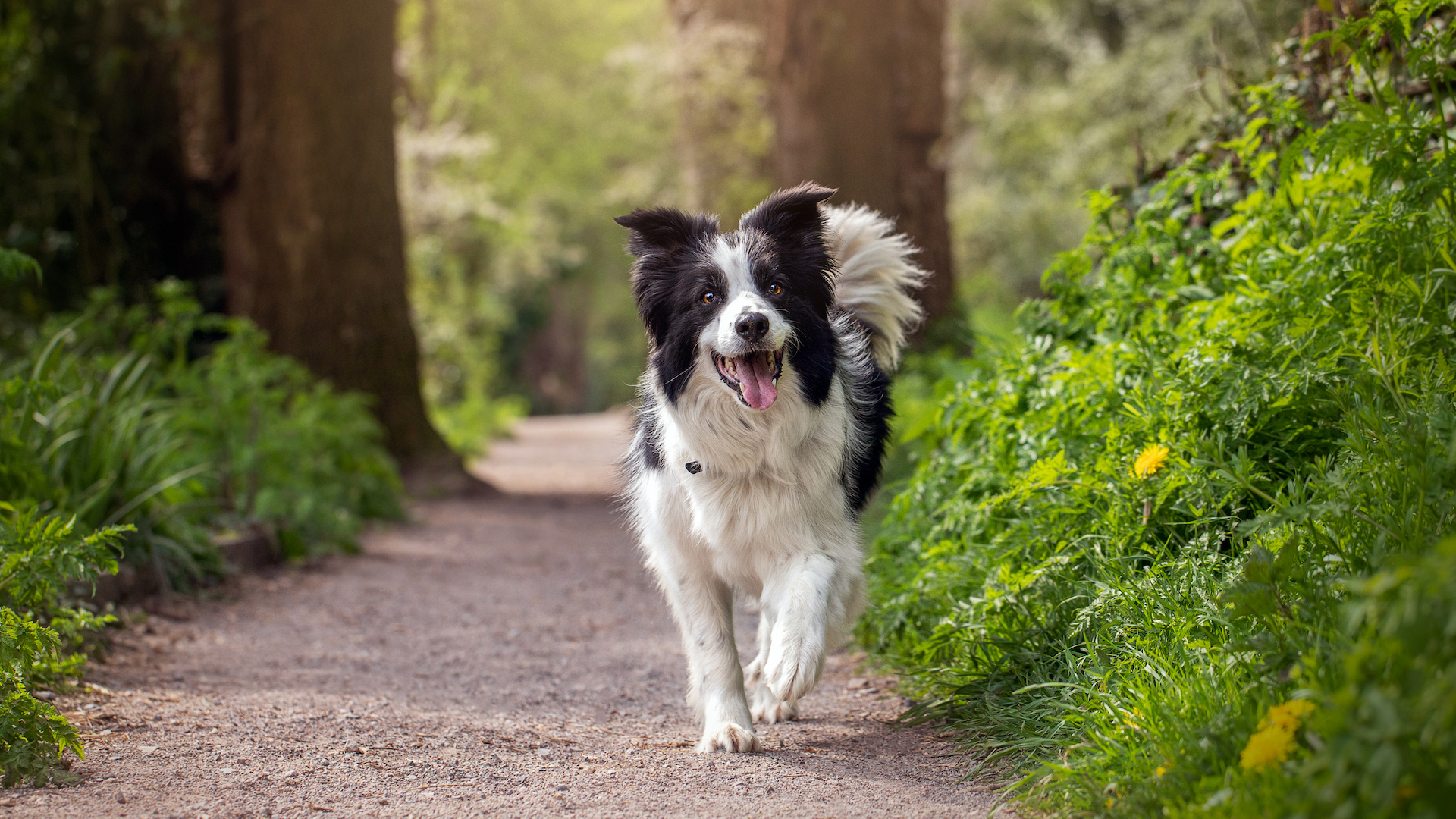
In a 2018 study published in the journal Learning and Behavior, researchers found that dogs (Canis lupus familiaris) notice when people are in distress and seek to comfort them — a behavior the researchers interpreted as evidence of empathy.
In the experiment, dog owners cried or hummed behind a closed door. The dogs that suppressed their own stress reaction in order to comfort the humans opened the door the fastest.
Bluebirds
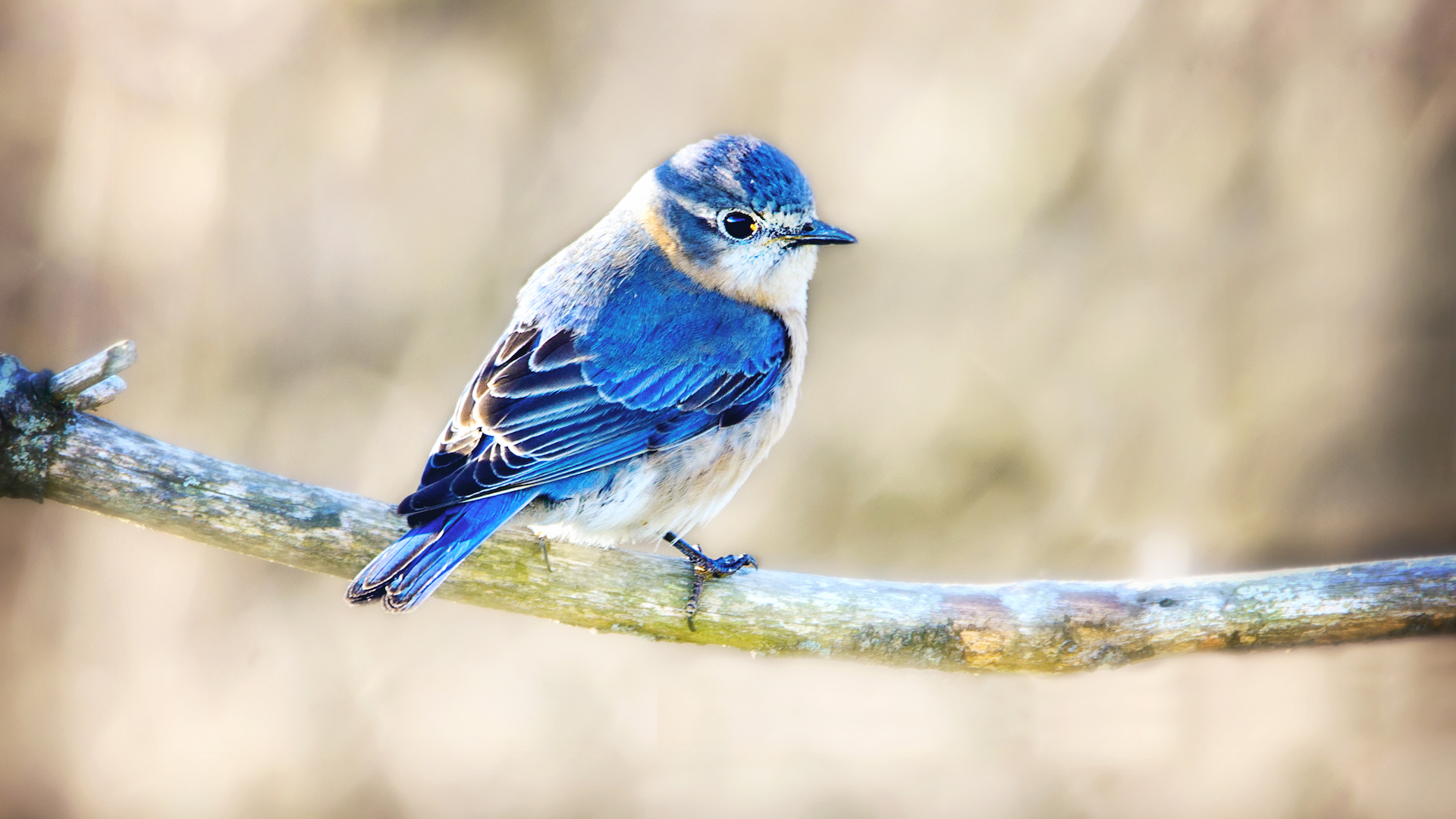
Male mountain bluebirds (Sialia currucoides) seem to get jealous when spurned in mating, according to a 1975 study published in the journal The American Naturalist. Researchers found that when a male bluebird leaves the nest to forage, its female partner may move on with another male. In response, the male bluebird was found to savagely beat their partner by pulling out feathers and snapping beaks.
Horses
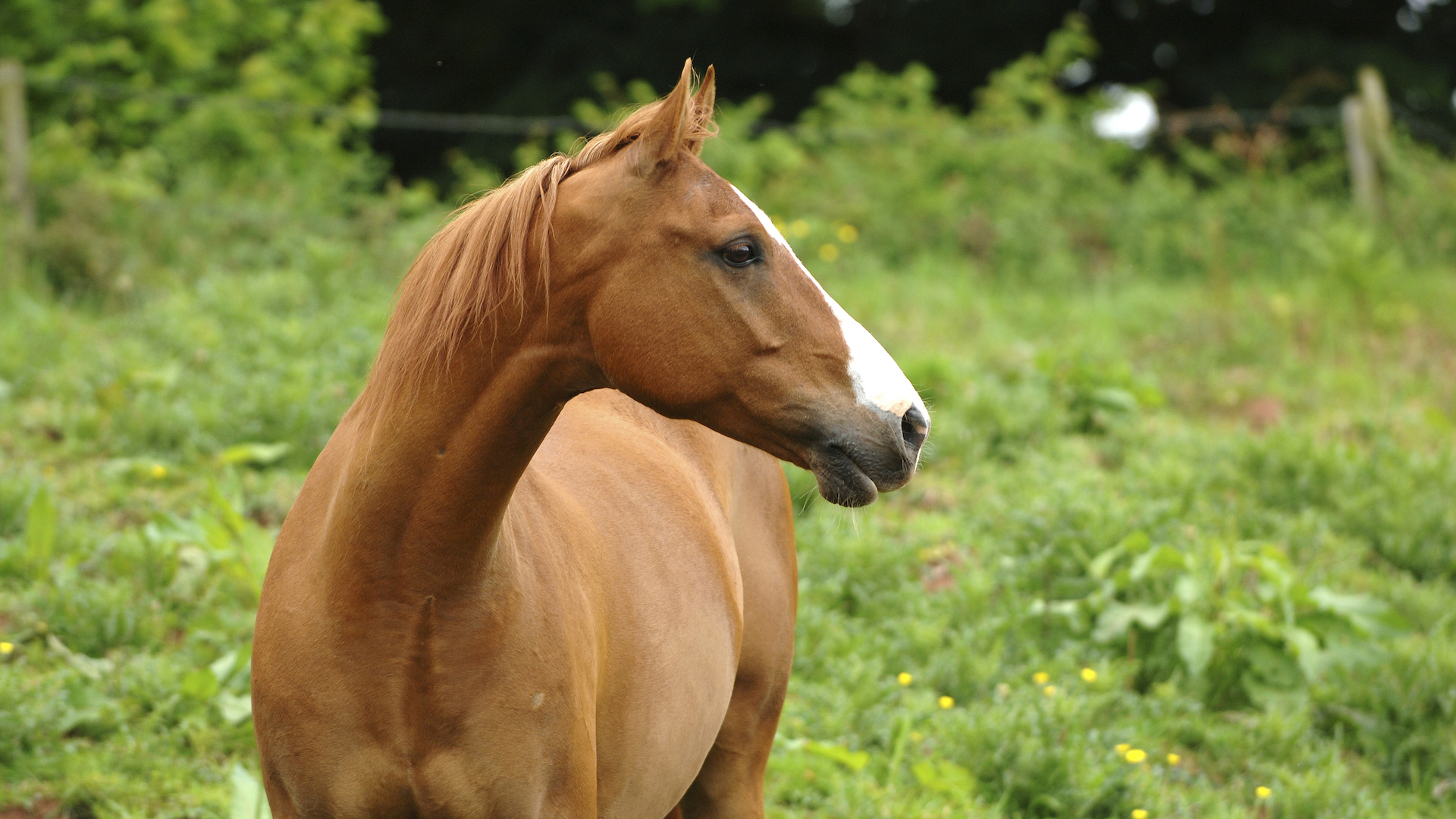
Like humans, horses (Equus caballus) can interpret facial expressions and distinguish human emotions. Similarly to dogs, horses are known for having close relationships with their owners.
In a 2018 study, the researchers found that horses cross-modally recognized the voices, facial expressions and emotional states of their primary carers and strangers. "Our study could contribute to the understanding of how humans and companion animals send and receive emotional signals to deepen our relationships, which could help establish a better relationship that emphasizes the well-being of animals," Ayaka Takimoto, an associate professor at Hokkaido University in Japan and co-author of the study, said in a statement.
Meerkats
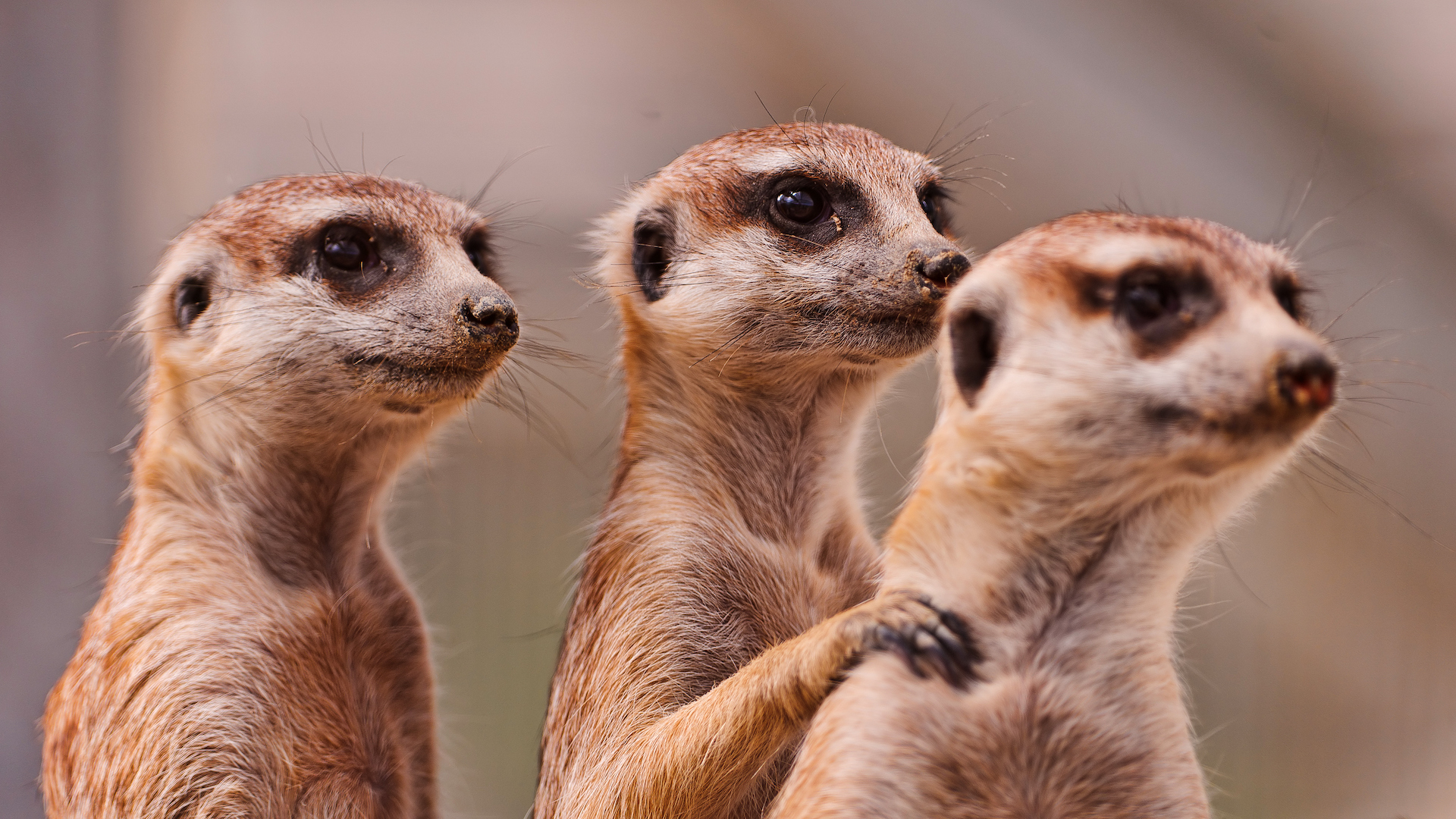
Don't be fooled by their cute and fluffy appearance; female meerkats (Suricata suricatta) will kill any female rivals. Nonetheless, meerkats do exhibit a more caring side, with adults taking turns babysitting young meerkats and spending time educating them in essential life skills. This human-like child-rearing behavior has a strong evolutionary motivation, as it allows the dominant female meerkat to devote her time to breeding.
As part of a three-year study launched in 2023, researchers are investigating whether meerkats mirror human emotion and display empathy, with the aim of better understating human-animal interactions.
Domestic cats
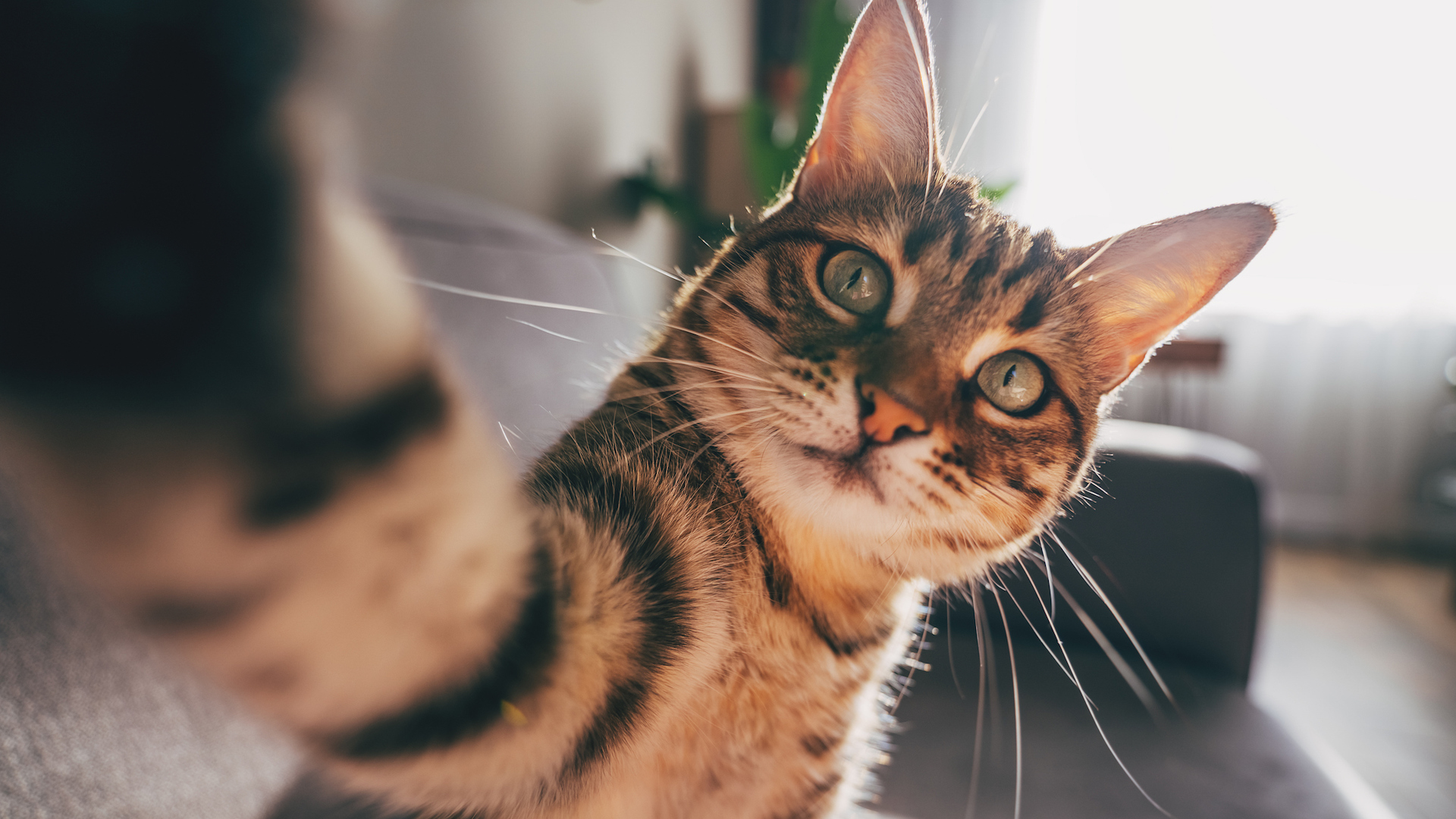
Although cats don't adore us in the intense way dogs do, a 2021 study found that they are capable of forming bonds with humans depending on the emotional behavior of the owner. A 2020 study also found evidence that cats (Felis catus) released the "bonding" hormone oxytocin when stroked, although to a much lesser degree than dogs.
However, when it came to displaying complex human-like emotions, jealousy was more commonly seen in cats than empathy or compassion, according to a 2016 study.
Pigeons
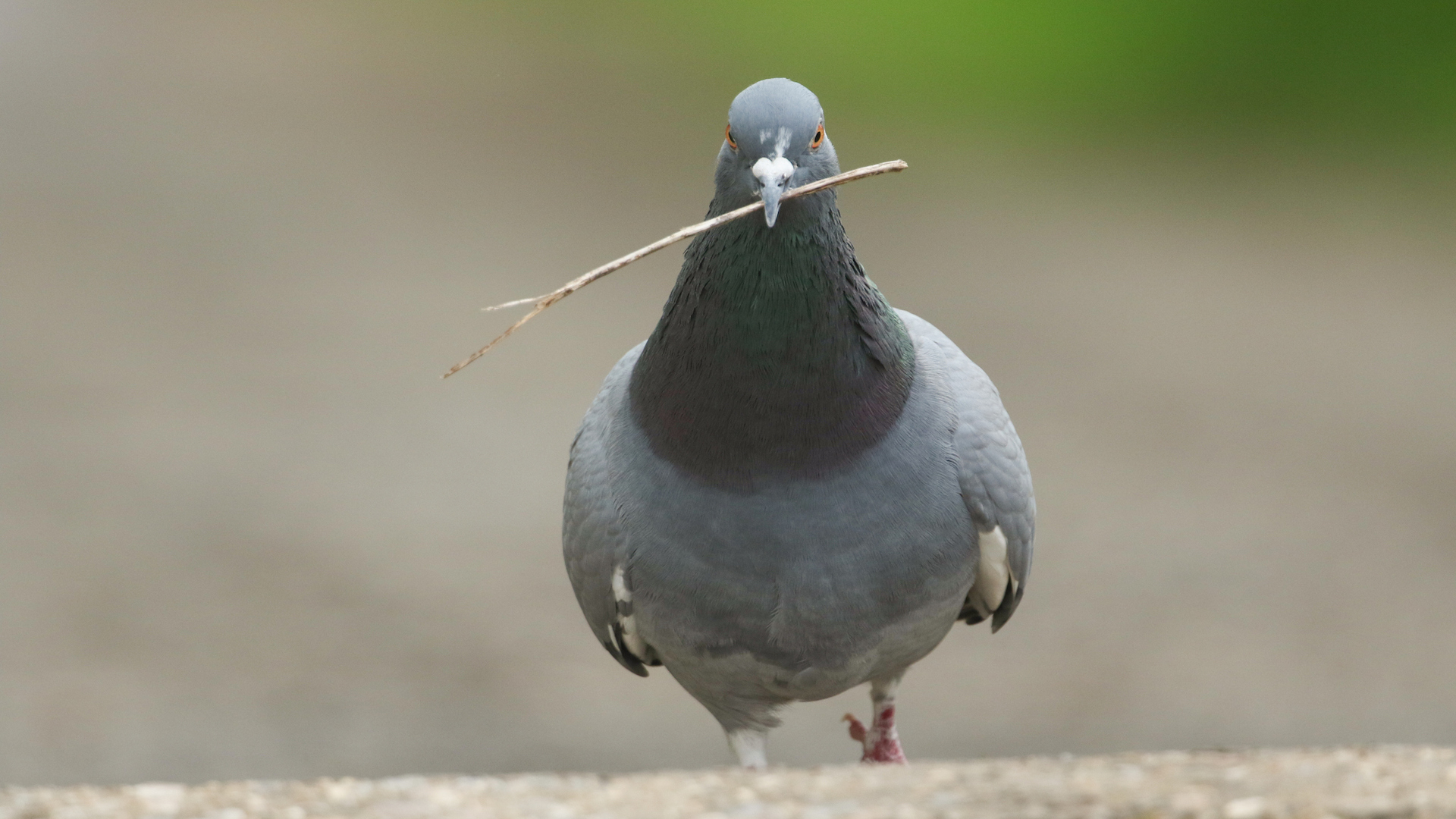
Pigeons have been shown to understand dozens of human words. And a 2016 study found that a pigeon could distinguish up to 60 words, marking the first time a nonprimate could recognize letters and have an orthographical brain, meaning they can process and understand letters.
According to study lead author Damian Scarf, an associate professor of psychology at the University of Otago in New Zealand, the findings provided more insight into human brain development and our cognitive skills. "If you find something like this with pigeons, you can argue that it must've been common to our last common ancestor with pigeons, which is about 300 million years ago," Scarf said in a statement. "So the same flexibility and plasticity of the human brain that lets us pick up on words and the statistics behind them must've been present when we were still joined with pigeons."
Dragonflies
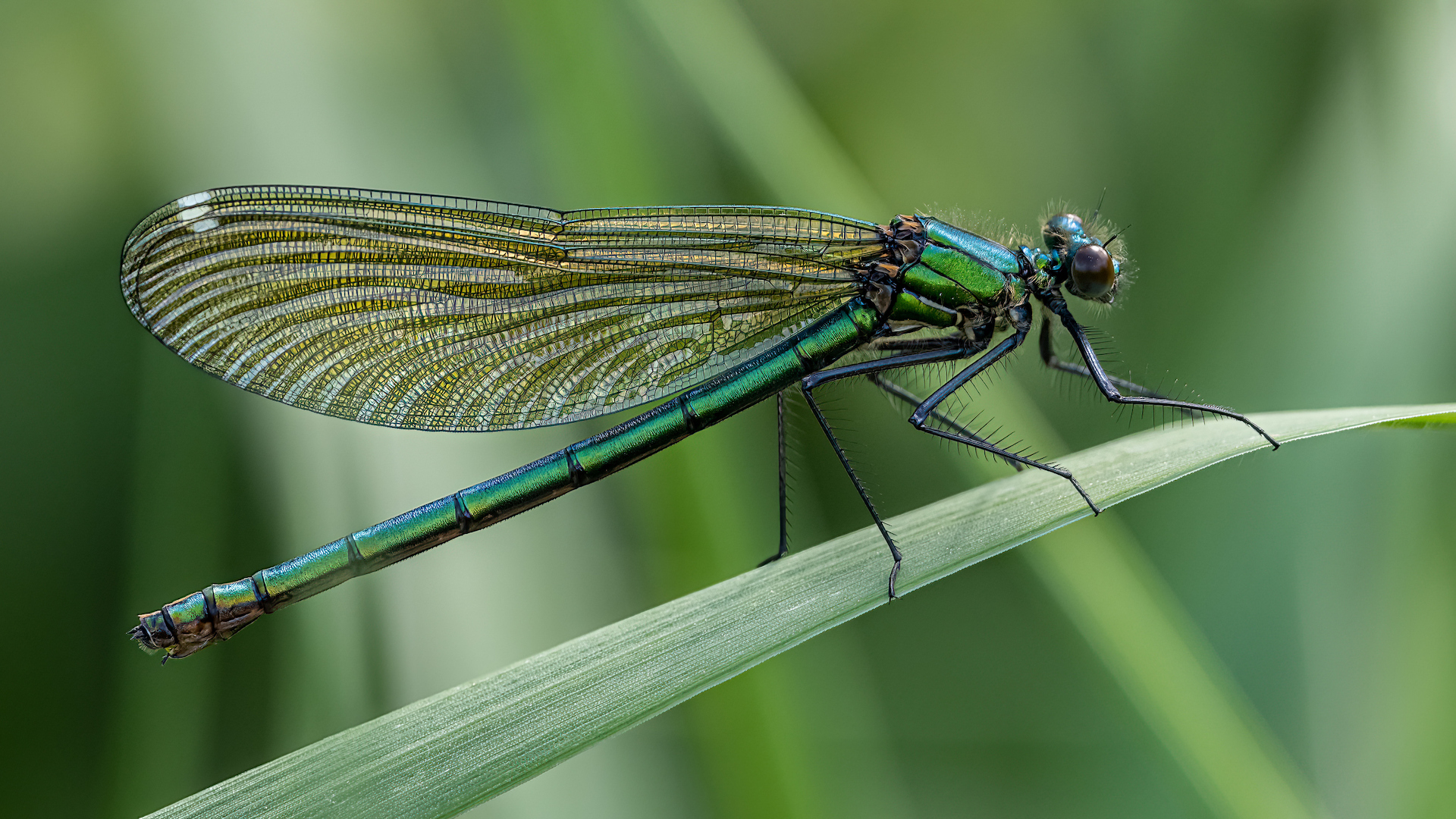
Like humans, dragonflies can shut out unnecessary information, enabling them to focus on a specific task. This behavioral trait is seen in primates, which have a limited amount of attention and thus must choose between focusing in depth on a single task or multitasking with less focus.
In 2012, scientists found evidence that dragonflies have "human-like" selective attention when hunting their prey. Using a microscopic sensor in a dragonfly's brain, they found that this brain activity, known as neural filtering, enabled the insect to successfully capture their prey 97% of the time.
Honeybees
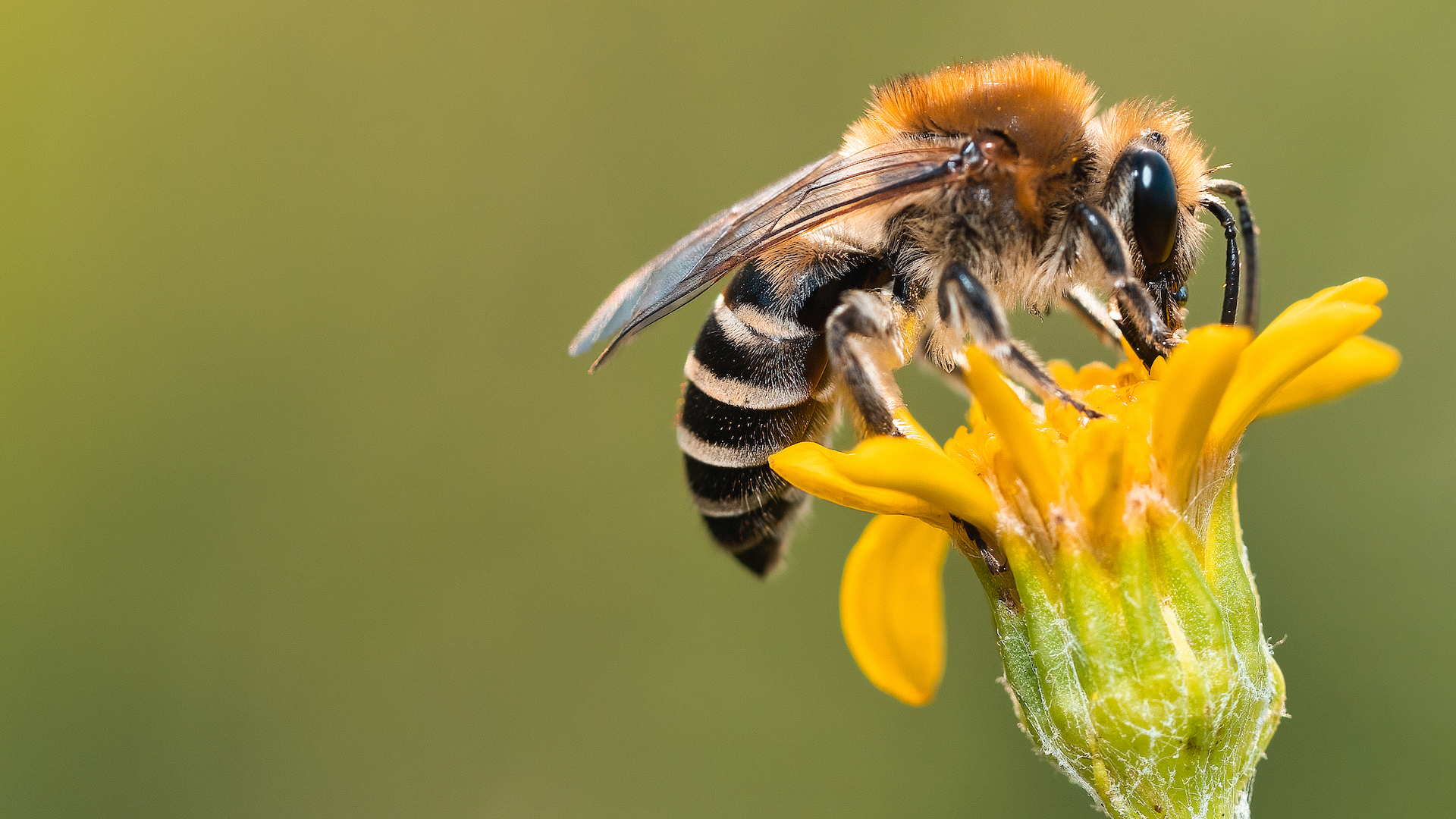
Scientists have found that, like humans, honeybees feel more pessimistic after a stressful experience.
In a 2011 study, bees were offered sugar or quinine, with a mix of odors, before being shaken in a way that stimulated a predator attack. The shaken bees had lower levels of the feel-good hormones dopamine and serotonin, suggesting they might experience some negative human-like emotions, according to the researchers.
Cockroaches
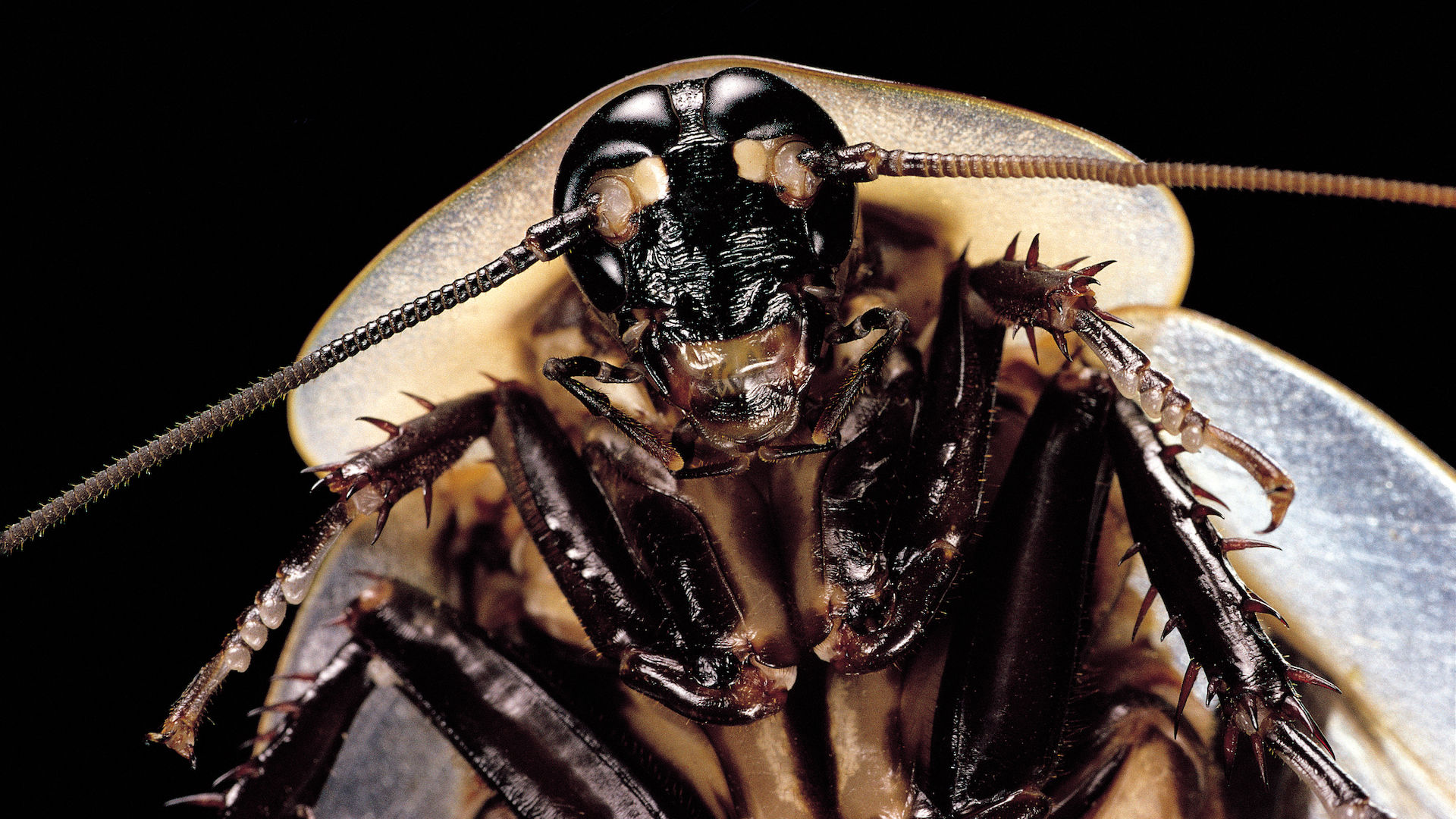
Although they're not commonly associated with cleanliness, cockroaches have a preference for self-hygiene and groom themselves incessantly.
According to a 2013 study, cockroaches (Periplaneta americana) do this to keep their antennae working efficiently, as a buildup of environmental pollutants and their own waxy secretions harm their ability to smell pheromones to find a mate, source food and sense danger.
"The evidence is strong: Grooming is necessary to keep these foreign and native substances at a particular level," Coby Schal, an entomologist at North Carolina State University and co-author of the study, said in a statement. "Leaving antennae dirty essentially blinds insects to their environment."
Snakes
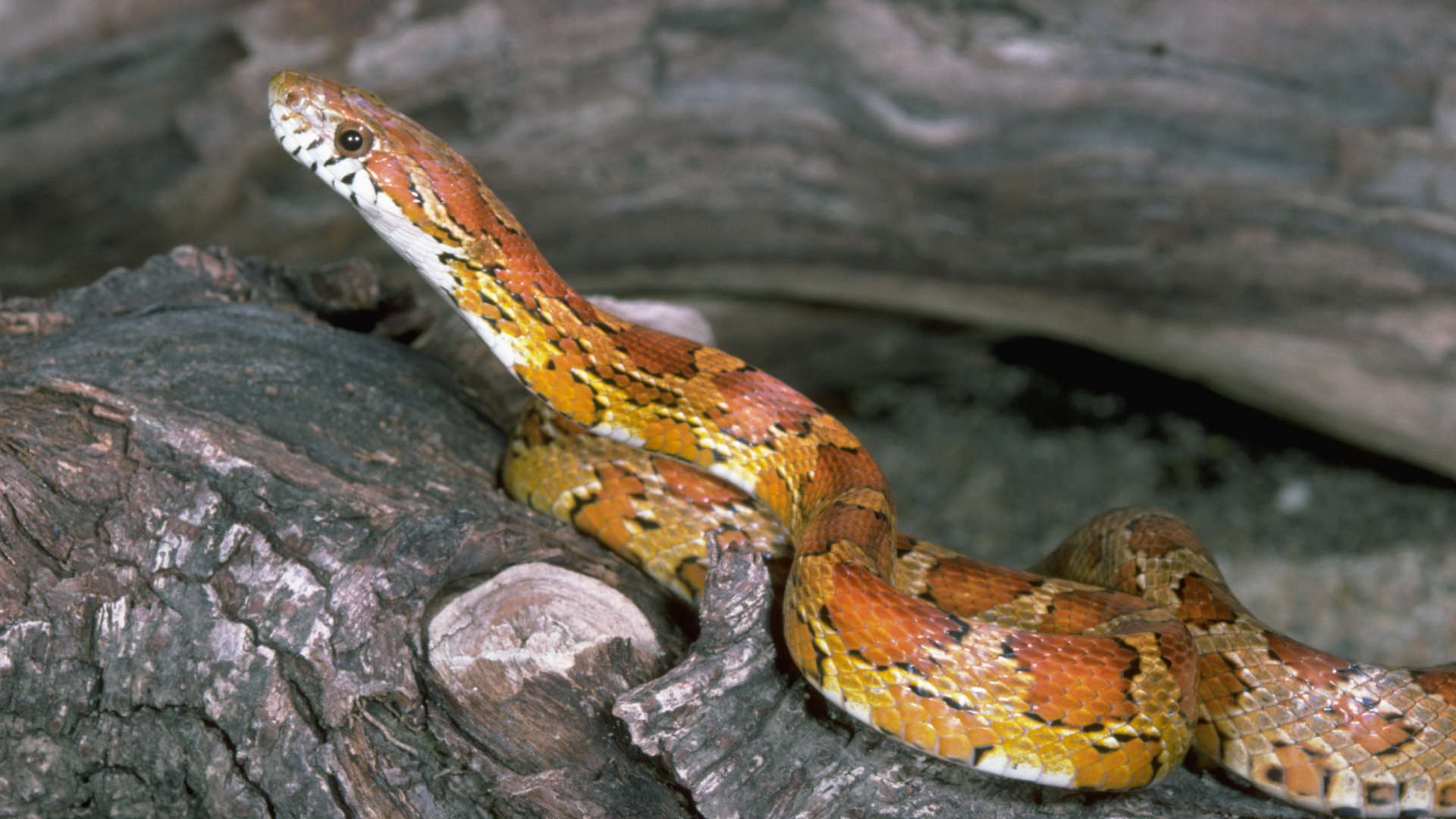
Other than when they mate, Snakes are generally known for being solitary. But a 2023 study published in the journal Frontiers in Ethology found that, like humans, snakes may comfort one another in periods of stress. When adult southern Pacific rattlesnakes (Crotalus helleri) in the study experienced a stressful situation with another snake of the same species, they had a lower heart rate than a snake that had not experienced such an encounter.
Archerfish
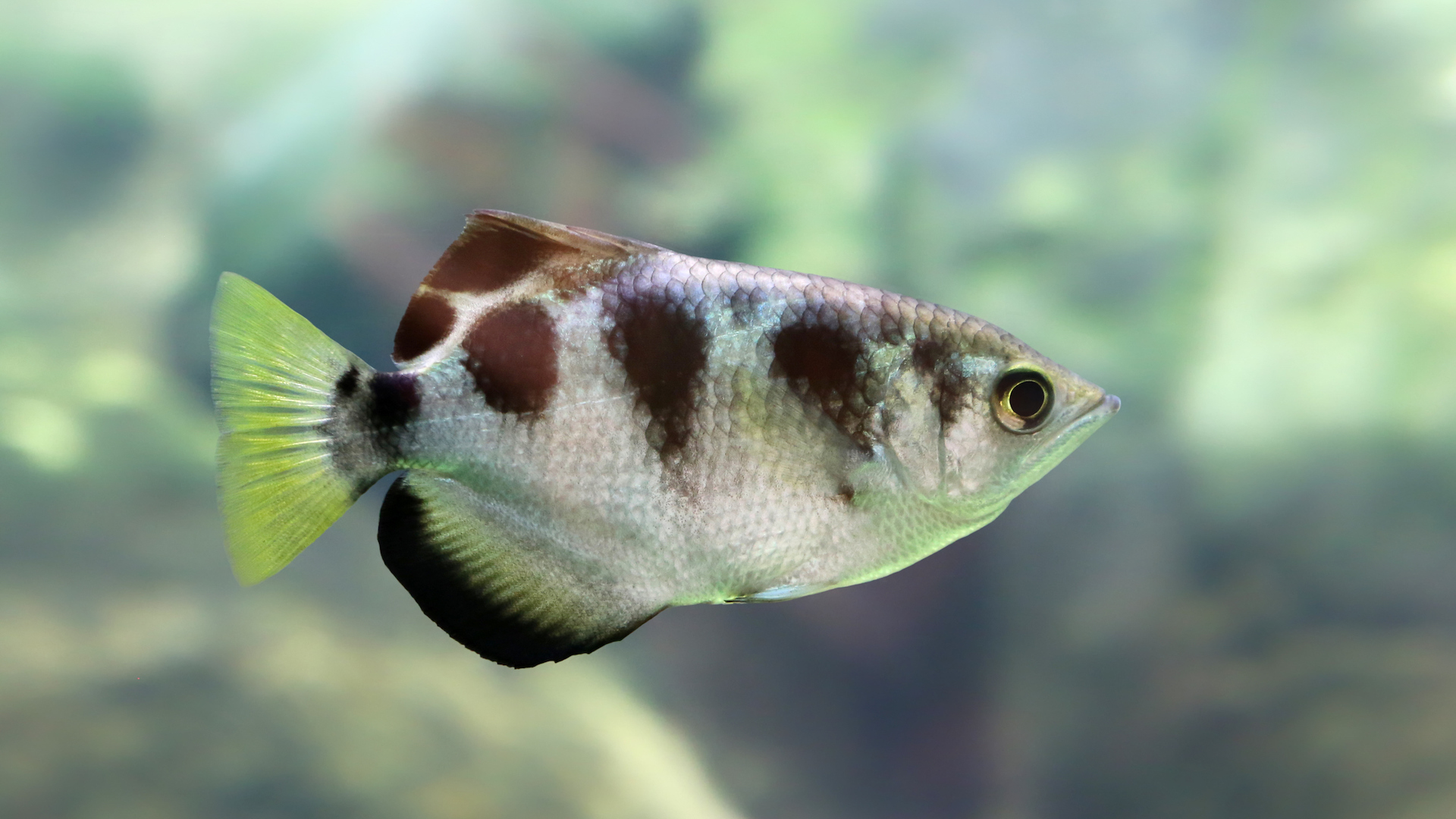
Facial recognition is essential to forming complex social connections. Humans as young as 2 months have mastered this skill.
Unlike primates, fish lack a large brain and visual cortex that aids in processing images. Yet archerfish can recognize human faces. In a 2016 study, scientists found that archerfish could learn and recognize human faces with accuracy.
"The fact that archerfish can learn this task suggests that complicated brains are not necessarily needed to recognise human faces," Cait Newport, a researcher in the University of Oxford Department of Zoology and first author of the study, said in a statement.
Japanese macaques
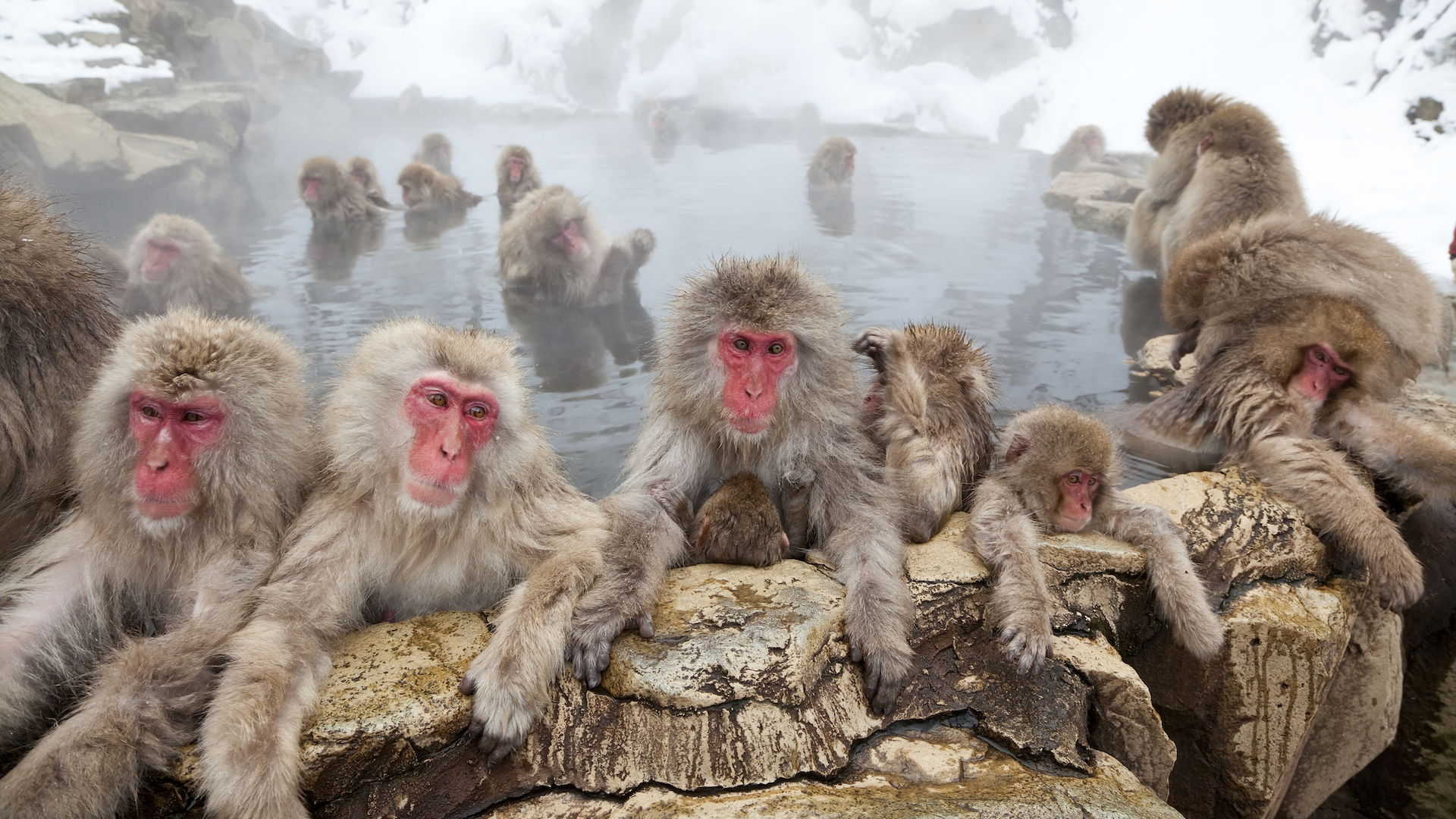
While studying Japanese macaques (Macaca fuscata) in 2024, scientists found that nerve cells in the brain's premotor cortex, which prepares and executes movement in the limbs, strongly responded when tasked with adding and subtracting.
And back in 2008, a group of captive Japanese macaques were trained to use tools, with scientists finding cognitive similarities with humans. A 2021 study found that Japanese macaques can respond to the human gaze flexibly depending on the context, indicating a high level of perspective of others and their intent.
Bonobos
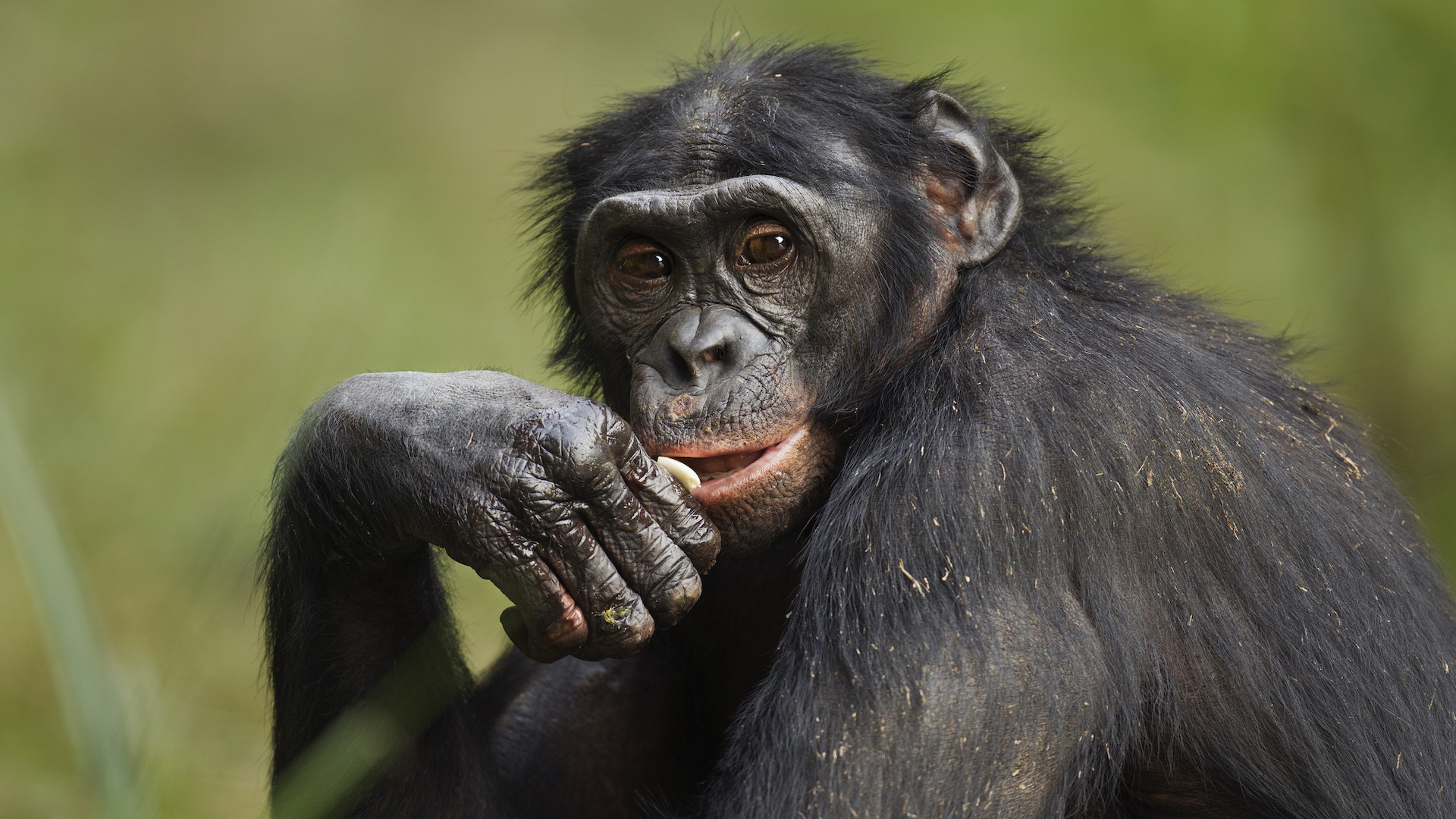
Along with chimpanzees, bonobos (Pan paniscus) are humans' closest living relatives. Known for living peacefully in close-knit social groups, bonobos engage in sex with both sexes, by touching genitals to greet each other and to deescalate violence.
According to a 2022 study, bonobos, like humans, can form harmonious relationships outside their immediate group by helping those in need. However, it appears their social interactions may not be completely harmonious, with a 2024 study finding evidence of aggression between male bonobos.
Humpback whales

Whales use song to form social groups, find a mate and communicate. Much like humans, their taste in music evolves over time, with each whale species creating their own song. A 2017 study into cetacean culture and behavior found that, like humans, whales and dolphins of various species live in tight-knit social groups, form mutually beneficial alliances and enjoy playing. Scientists attribute much of whales' social behavior to their large brains.
Mockingbirds
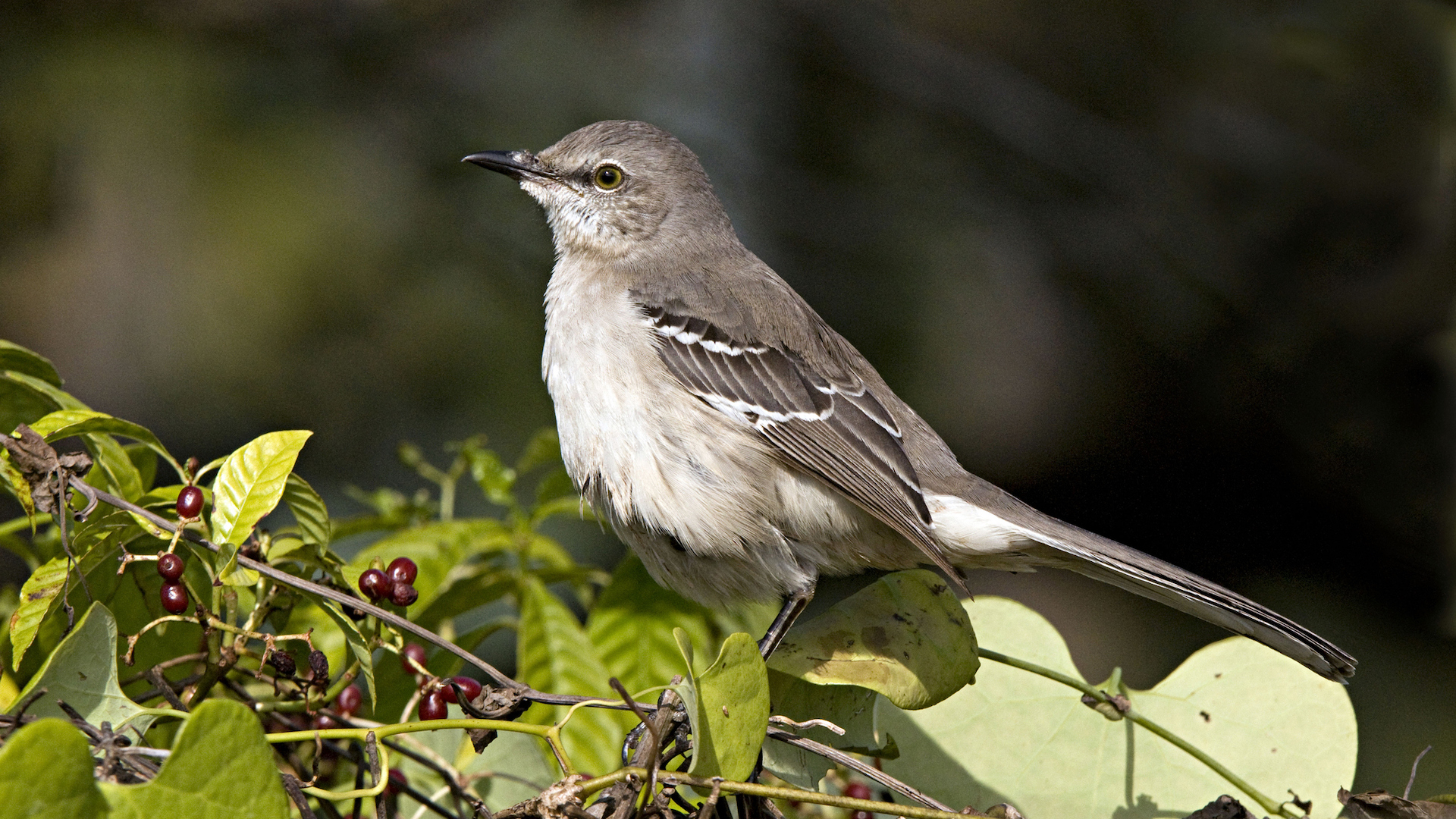
Female Northern mockingbirds (Mimus polyglottos) can not only distinguish familiar humans but also judge which individual poses the greatest threat, allowing them to flee from their nest to safety, a 2023 study found. This finding suggests these birds have higher cognitive ability than scientists previously thought.
This research adds to findings from a 2009 study showing that wild mockingbirds don't forget people and have been found to chase away familiar humans they perceive as threatening.
Cheetahs
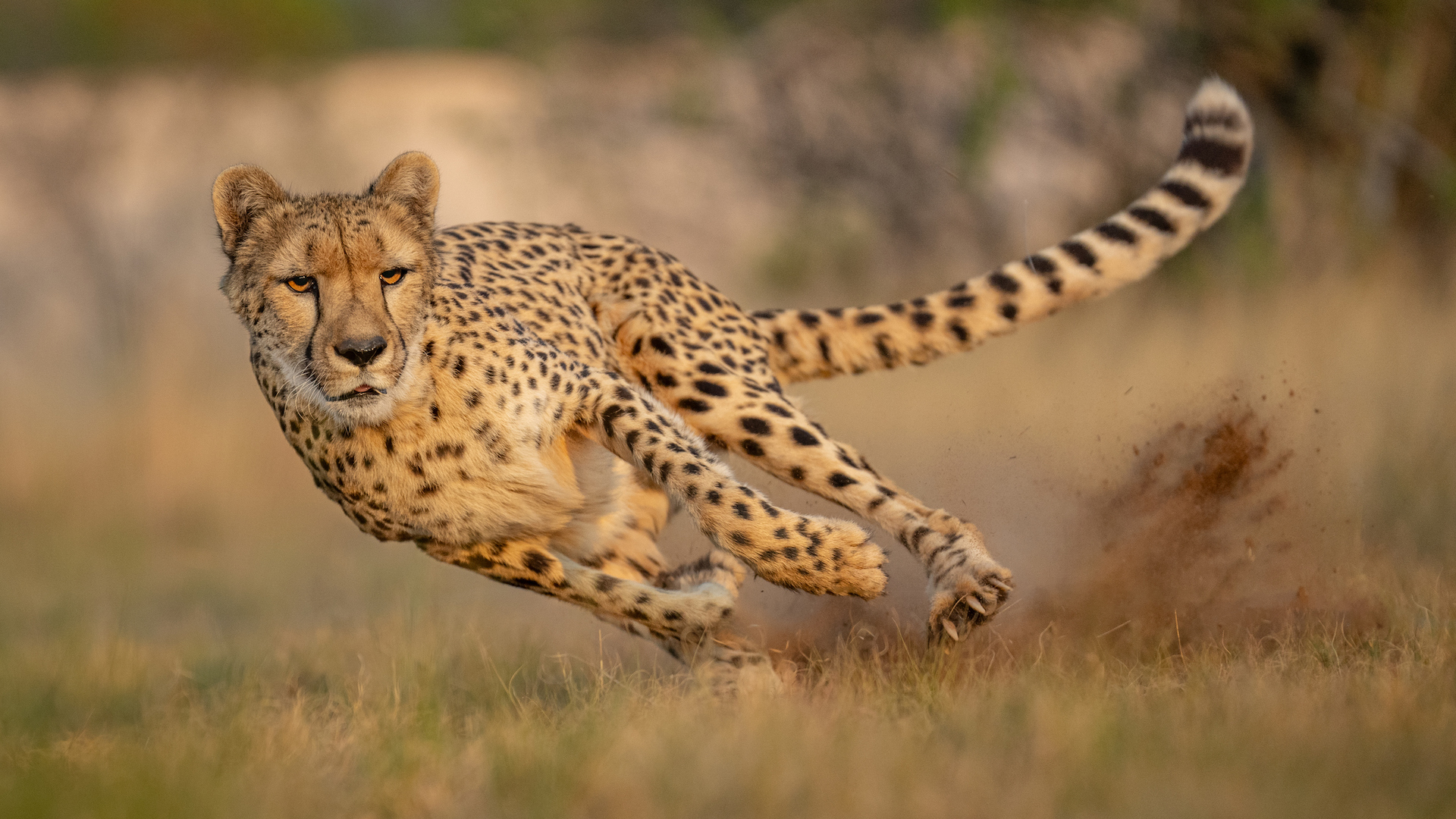
Scientists have found that big cats — including cheetahs (Acinonyx jubatus), lions and tigers — can recognize human voices and distinguish them from those of strangers. The 2024 study found that these cats reacted more quickly and more intensely to human voices they recognized. The study authors said the findings indicate that less-social feline species can still have socio-cognitive abilities.
A separate 2018 study of captive and wild cheetahs found that they not only recognized human voices but also discriminated between caregivers and strangers and changed their activity in response. Wild cheetahs also appeared to recognize human voices, potentially because they lived in close proximity to humans.
Octopuses
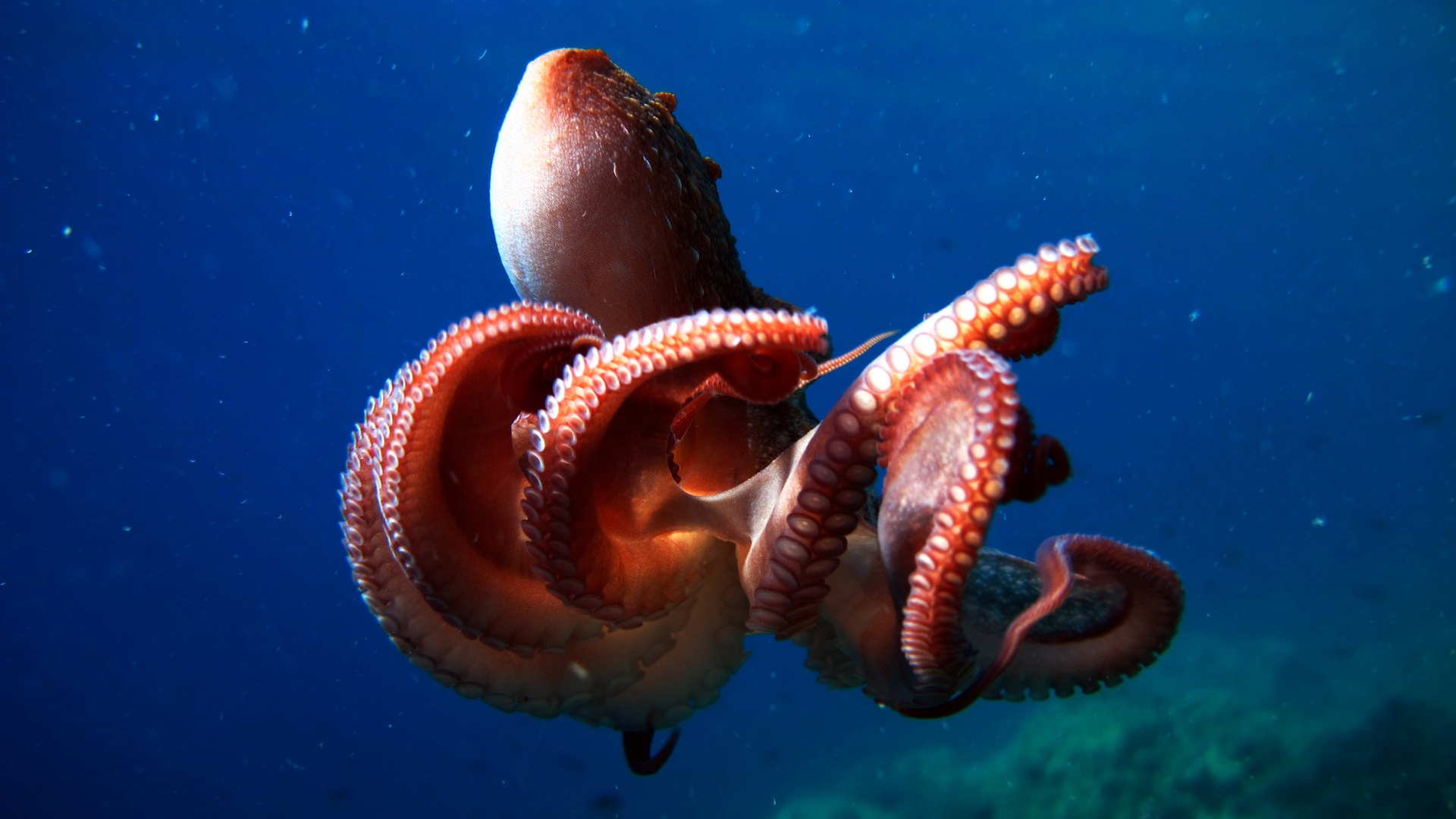
With their blue blood and multiple brains and hearts, octopuses may seem otherworldly. However, they are also known for being highly intelligent, with strong facial recognition and learning abilities. A 2010 study found that giant Pacific octopuses (Enteroctopus dofleini) could recognize individuals using their large orbital lobes, an area of the brain used for vision. Researchers found that these octopuses were picky about who they liked and disliked, with each octopus showing a strong preference for the keeper who fed it.
Octopuses are also the only known marine invertebrate that can use tools, thanks to their long arms, each of which contains a brain.
Parrots
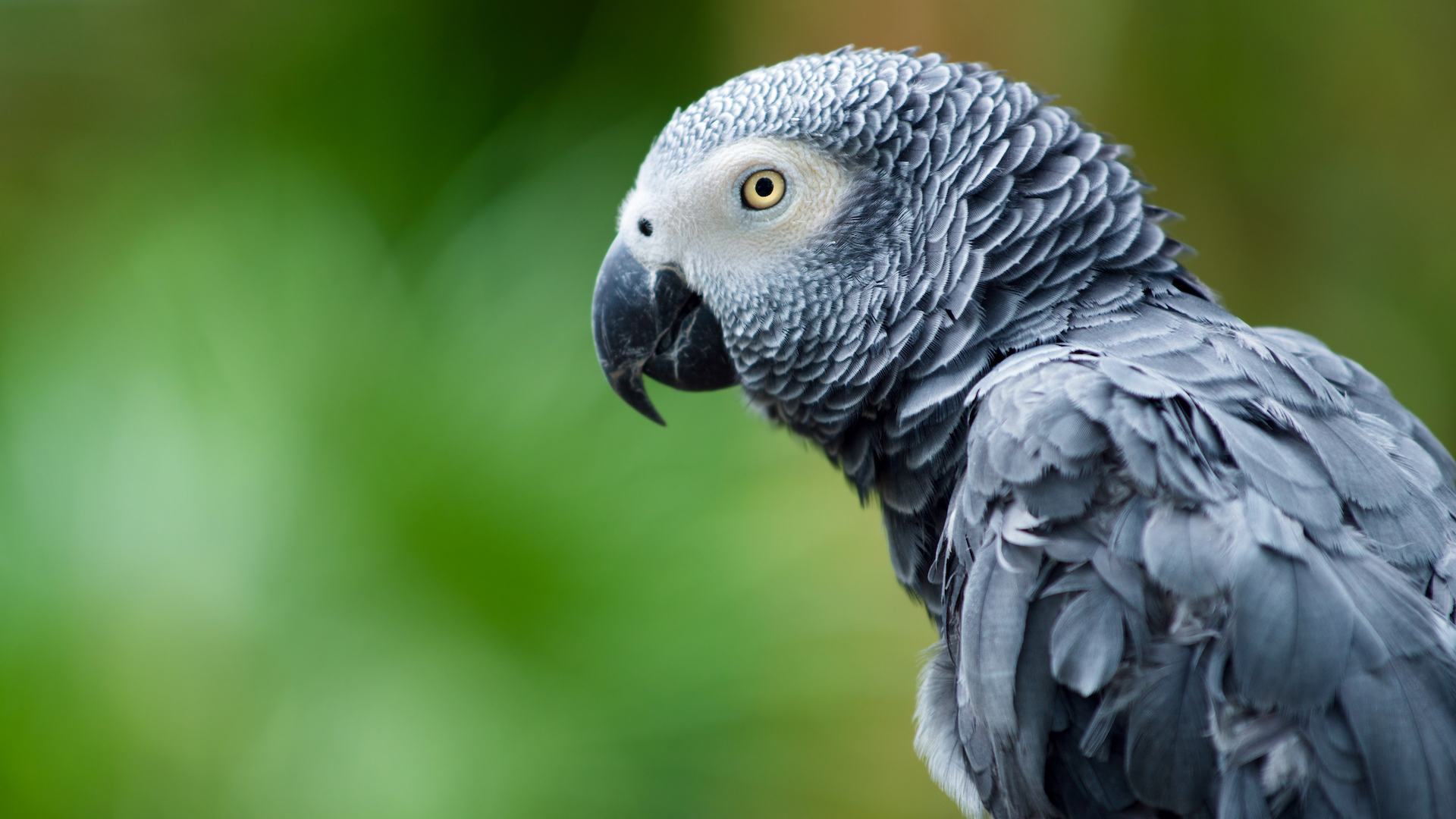
Parrots not only have the extraordinary ability to mimic human speech but also exhibit social complexity and, like humans, use memories of past actions to influence future behavior. A 2022 study found that blue-throated macaws (Ara glaucogularis) demonstrated mental self-representation and episodic memory.
In 2020, an African gray parrot named "Griffin" (Psittacus erithacus) outperformed Harvard students in a memory-test game. According to the researchers, both the parrot and humans used a part of their working memories known as manipulation to remember and manipulate information, suggesting a similar ancient evolutionary capability.
Penguins
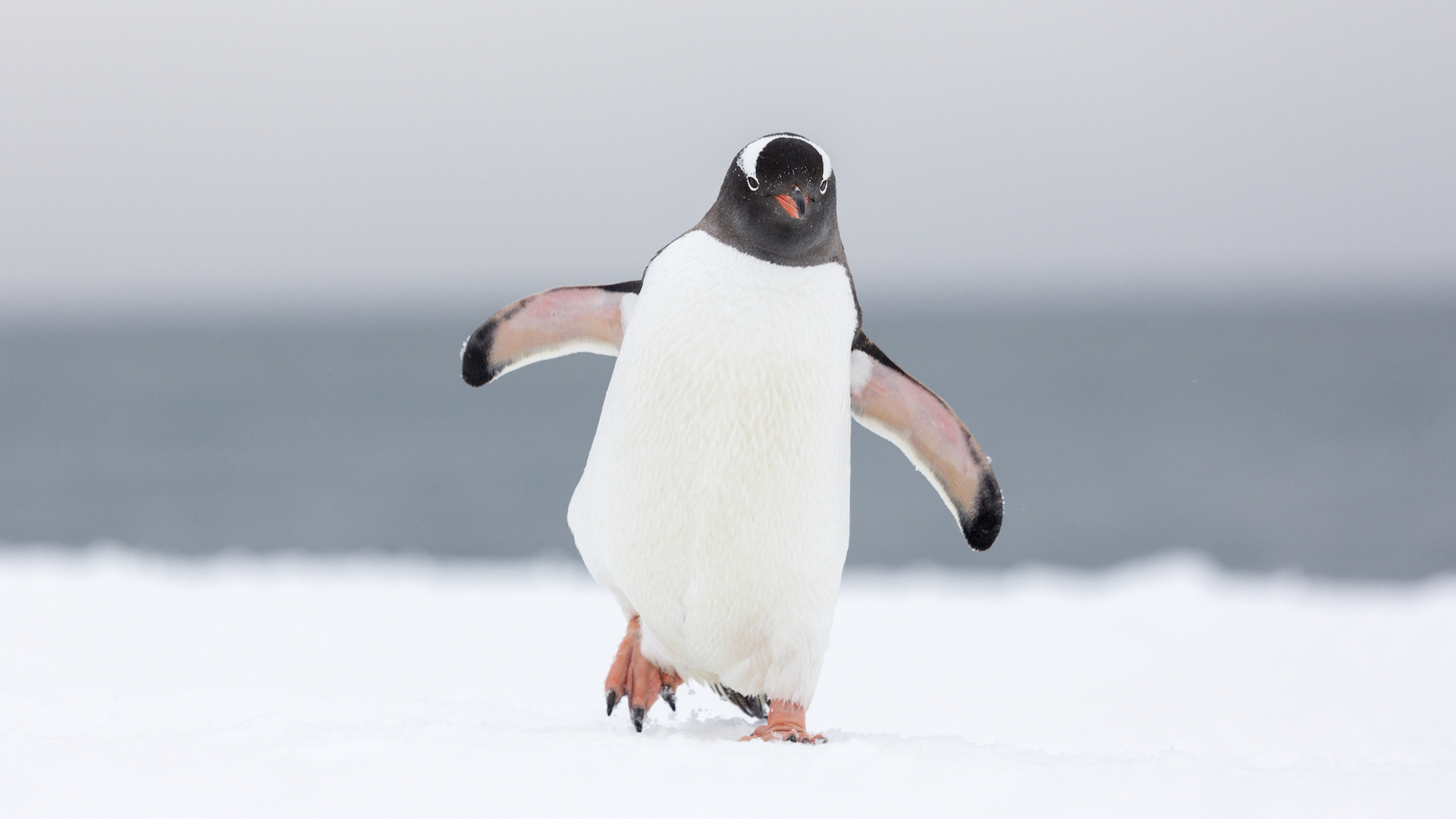
Research shows that some penguins communicate by "singing" and can adapt their behavior to their environment. For example, Emperor penguins (Aptenodytes forsteri) huddle together for warmth.
Penguins are complex social creatures that, like humans, rely on collaborative social skills to problem-solve for tasks such as hunting.
A 2021 study found that African penguins (Spheniscus demersus) could recognize an individual by matching their appearance to their voice, and a 1999 study found that a penguin could identify its mate's voice in a crowd.
Tamarin monkeys
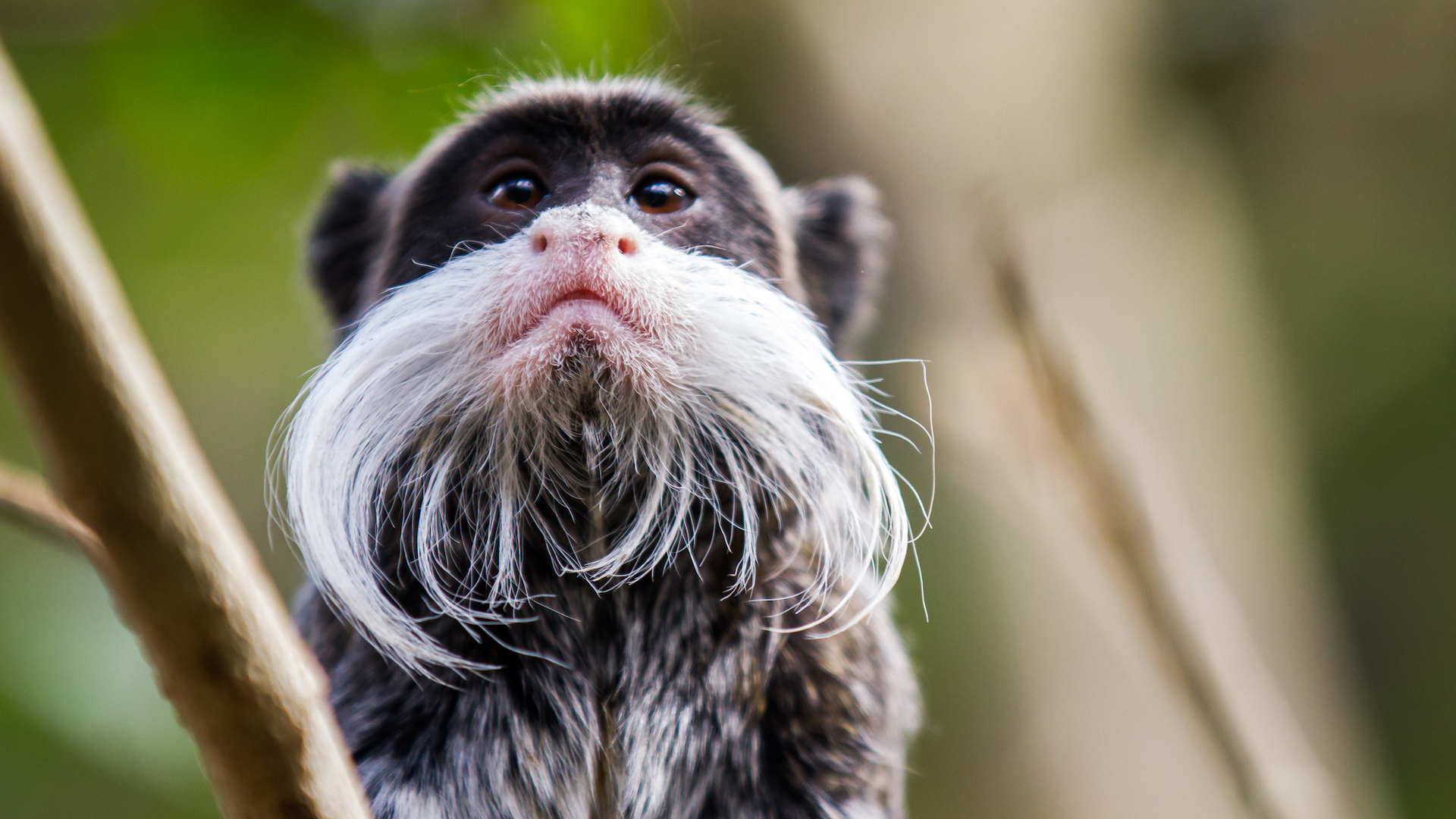
Tamarin monkeys — small, orange primates that live in South and Central America — display several behaviors that could be considered human-like. In a 2013 study, scientists found evidence of cotton-top tamarins (Saguinus oedipus) "whispering" to one another when in the presence of a human they disliked.
Ants
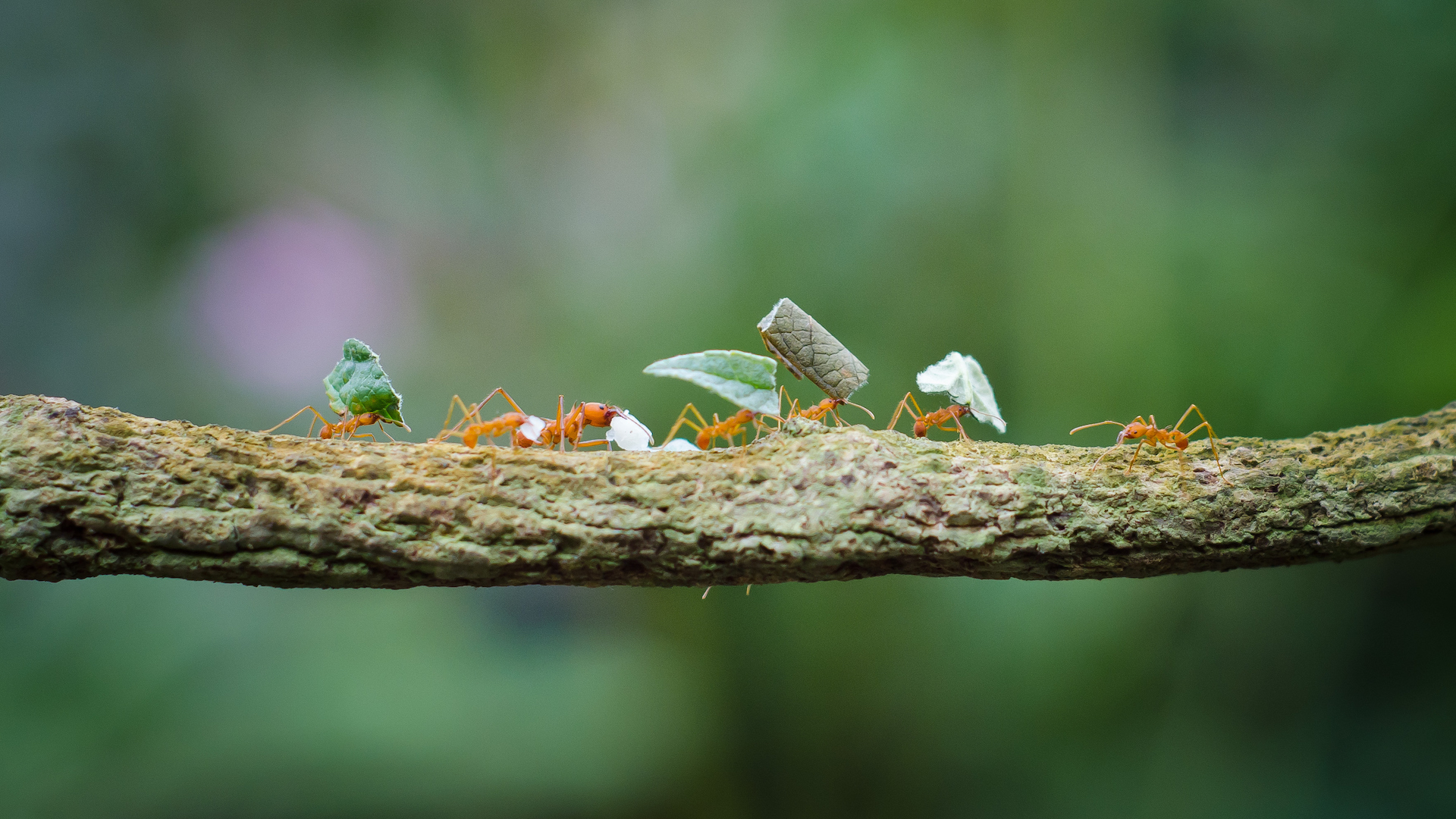
Ants are highly intelligent insects that live in huge colonies and form complex social structures. Like humans, ants teach one another new skills, a 2006 study found. Scientists observed ants performing a "tandem-running" style of teaching, with one ant showing another the route to a food source.
According to researchers, this indicates that teaching can evolve in animals with small brains. Even though the tandem leader doesn't immediately benefit, the tandem follower was found to quickly learn and show others, ultimately benefiting the entire colony.
Crickets
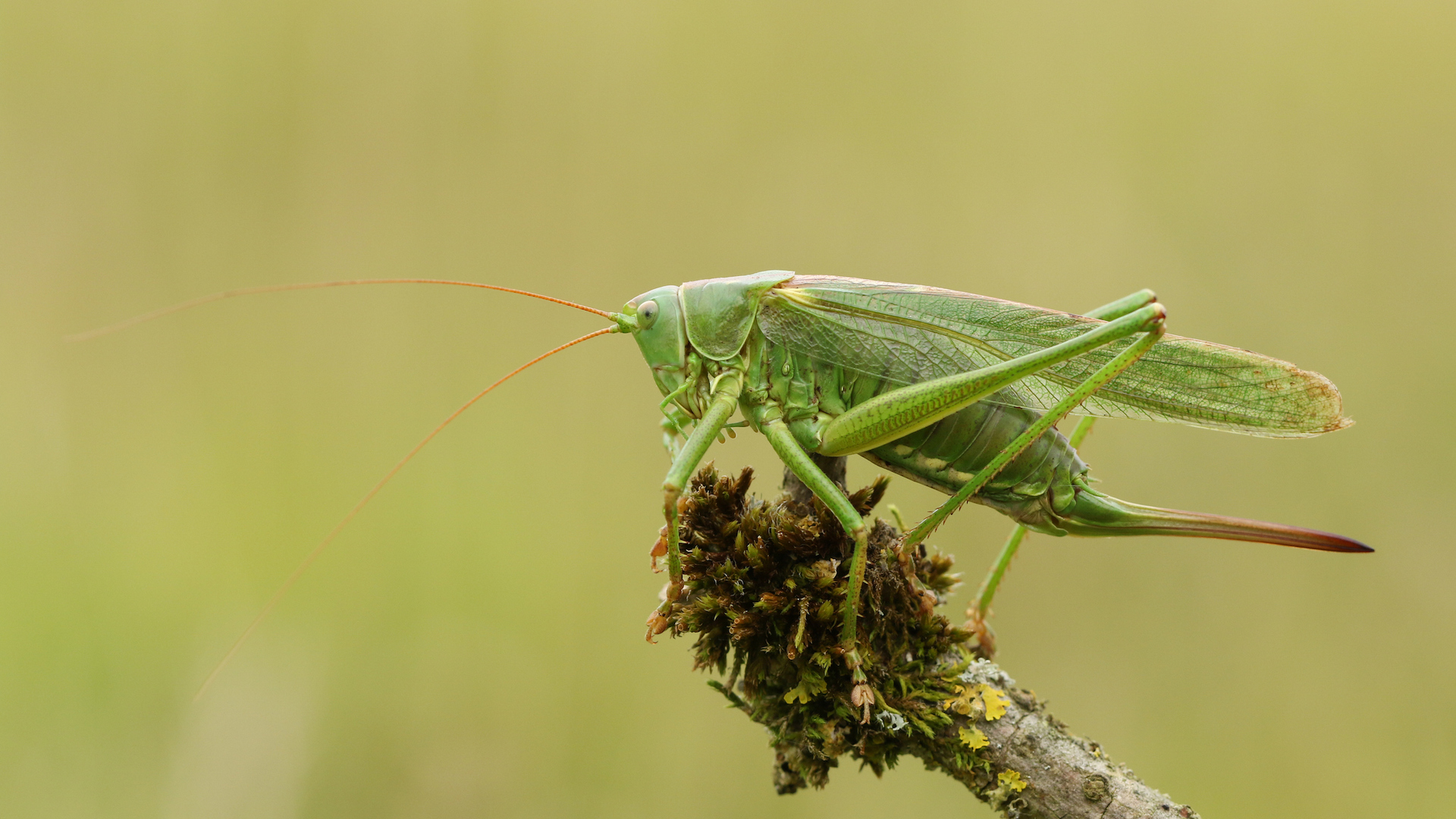
Crickets are another insect with impressive memory skills. A 2006 study found that crickets of the species Gryllus bimaculatus could remember seven odors at a time and, like humans, have long-term memory. In a 2022 study, researchers found that crickets could learn and remember food sources using odors.
In 2011, scientists found that, like caring humans, crickets often put the needs of their mate before their own.
"Relationships between crickets are rather different from what we'd all assumed," Rolando Rodríguez-Muñozof, a researcher at the University of Exeter in the U.K. and co-author of the study, said in a statement. "Rather than being bullied by their mates, it seems that females are in fact being protected. We could even describe males as 'chivalrous.'"
Orangutans
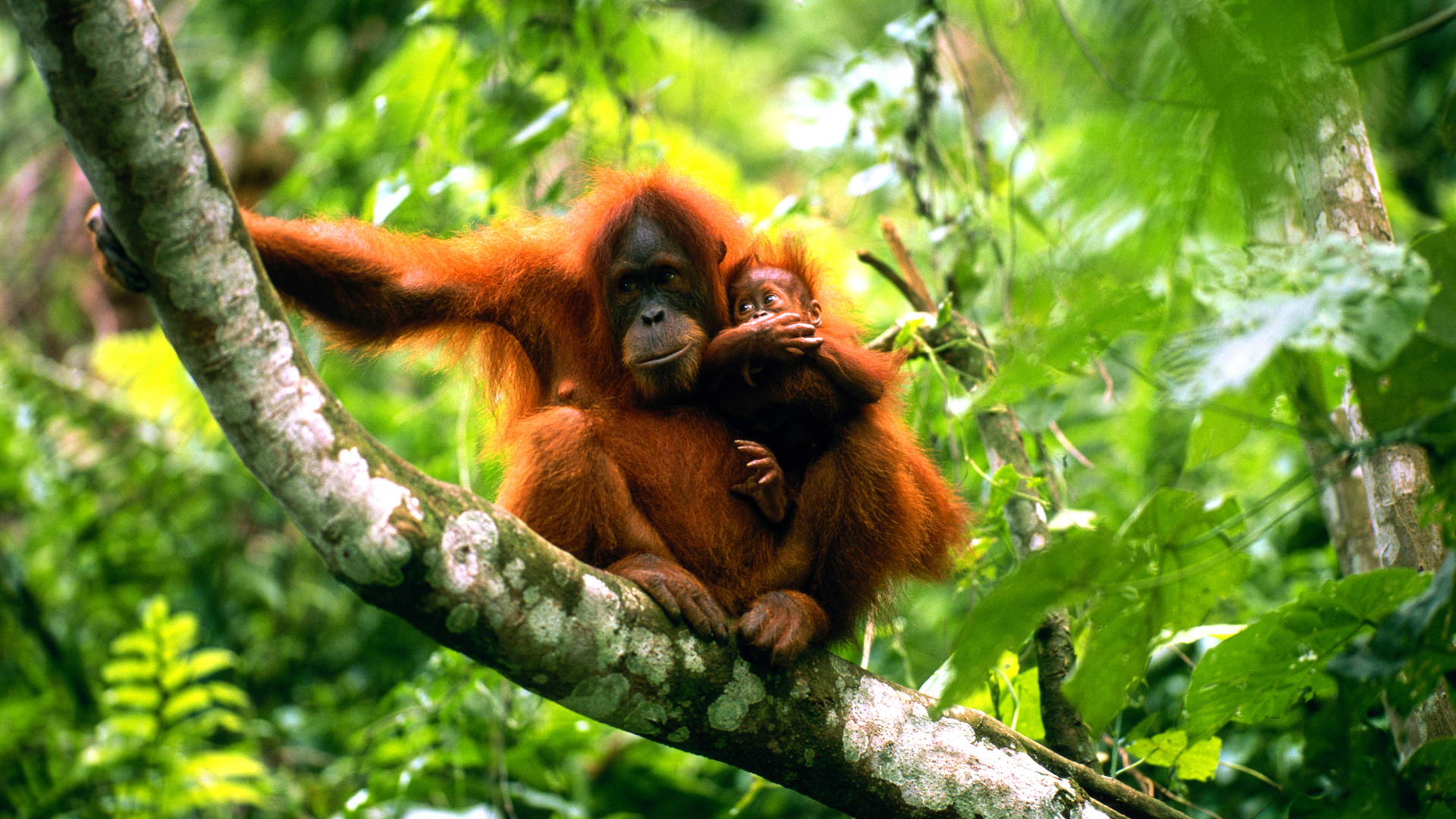
Like humans, orangutans are social primates with opposable thumbs, which they use to grasp things and swing through the trees.
Also like humans, orangutans (Pongo) can learn their own "languages" and often communicate using body language. A 2018 study found evidence that orangutans can "talk" about the past. Researchers observed female orangutans warning their young of past dangers in a form of language known as "displaced reference," providing insight into how vocal systems have evolved in humans.
Crows
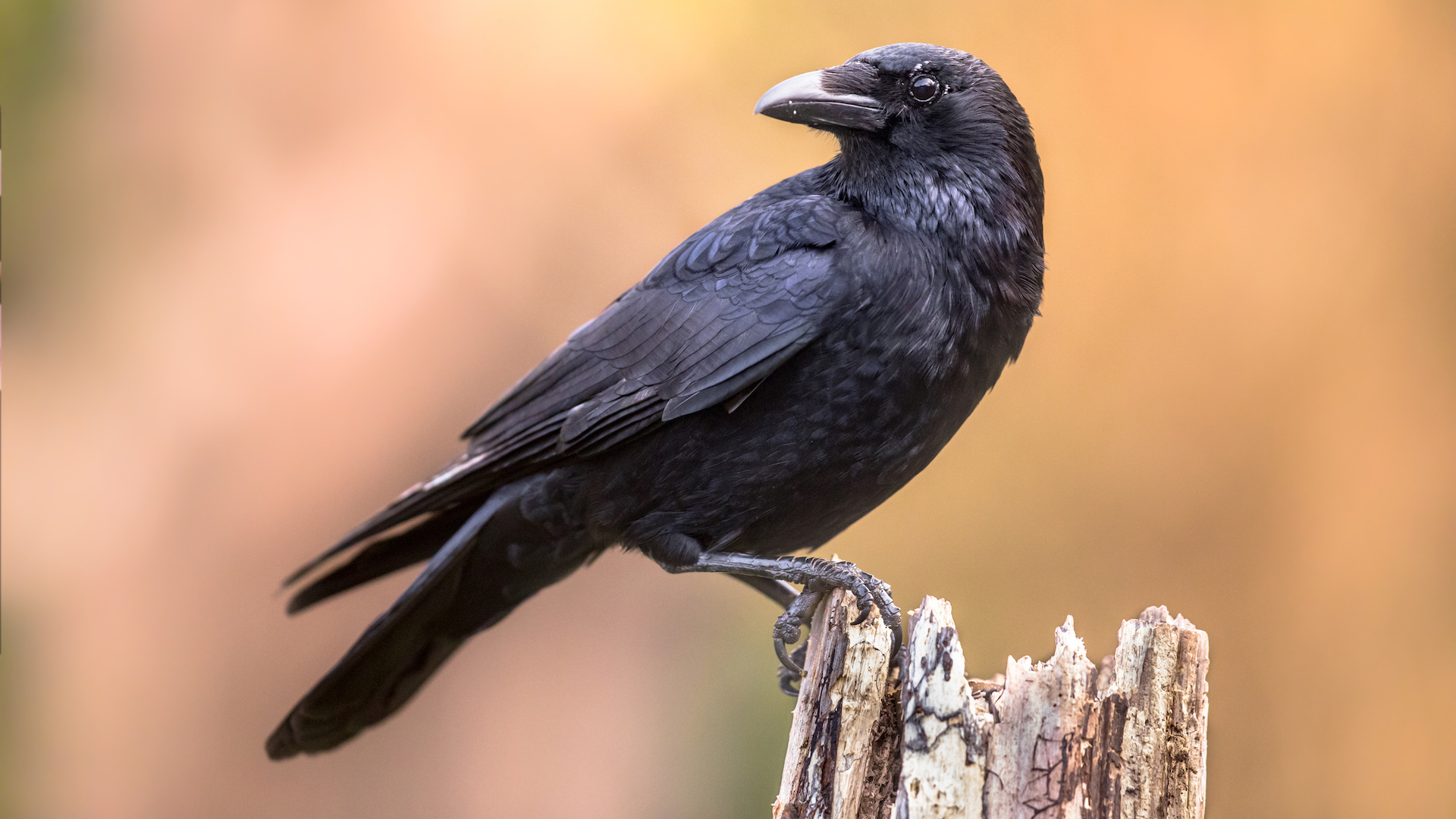
Crows are highly intelligent birds with complex brains that allow them to solve problems and use tools to their advantage. A 2019 study found evidence of New Caledonian crows (Corvus moneduloides) using a hooked tool to forage plants.
Like humans, crows also possess self-awareness and can make decisions. A 2020 study published in the journal Science showed that crows use sense and reason to problem-solve, and a 2017 study found that crows rival some primates in intelligence.







